Lancia Fulvia Sport Zagato 1600 S2 (818.750) (1 of 800) - 1972
€ 61.000
Financing options(1).jpg)
Description
"LUZZAGO PREMIUM QUALITY" vehicles are selected by us for their high quality. Each vehicle is awarded this distinction according to rigorous criteria.
LANCIA FULVIA SPORT 1600 ZAGATO (818-750) year built 1972 one of 800.
Rare car of high collectible and historical interest and certain to be revalued over time, registered as a historic car at the ASI with Gold Plate certificate and homologation, very rare model built in only 800 examples in years 1971/72. White plates and registration document from 1992, replaced due to change of province, 5 previous owners, fitted with 818,750 type Fialla head engine of HF derivation, second series with 115 hp. Red bodywork in competition condition, total restoration done in 2012, bodywork restored and replaced the bottoms of the floor, total repainting of the bodywork and overhaul of the mechanics, interior in perfect condition, like new, in perfect working order, 75,000 km traveled in total and only 4,000 km since the restoration, the battery has just been replaced. Equipped with battery holder, glass electrical, use and maintenance manual, double keys, original steering wheel available and 4 other silver alloy wheels. Ready for immediate use.
Model history and curiosity
As had already happened for the Appia, the Flavia and the Flaminia, Lancia gave Zagato the task of creating the sports version of the Fulvia, with an aluminium body and aerodynamics.
Designed by Ercole Spada, and assembled in the Milanese body shop in Terrazzano di Rho, the Fulvia Sport had a line with a fastback tail, extremely modern and sleek.
Launched in 1965, the Sport had the same mechanics as the Coupé - except for the axle ratio - but thanks to the better aerodynamics it reached higher top speeds. Despite this, it was almost never used in rally competitions due to the greater delicacy of the monocoque on which the aluminium body was placed and the general characteristics more suited to use on the track (where Lancia did not race at the time).
More than on the basis of the technical evolution (which followed step by step that of the coupé), the various "series" of the Zagato can be distinguished through the use of the materials used for the body.
In fact, the Sport adopted a body entirely in Peraluman only between 1965 and 1967. In the period 1968-70 the body became in steel, with bonnet, doors and spare wheel compartment door in Peraluman. The tailgate has always been in steel on all versions. The evolution of the mechanics and engines follows that of the Coupé, except for the 1231 cm³ engine. At the Turin Motor Show in 1968, the Sport Zagato was also presented in an unprecedented spyder variant which, however, did not have any commercial following, due to Lancia's changed industrial plans in conjunction with the transfer of ownership of the brand to Fiat, which certainly did not tolerate these expensive artisan collaborations in the face of the limited revenues derived from sales. A particular feature of the Fulvia Sport Zagato was the tailgate which opened electrically with a button positioned on the dashboard. An electric motor positioned under the tailgate in the center of the trunk opening raised the tailgate a few centimeters, enough to circulate air in the passenger compartment. A luxury for the time...
In 1970, the mechanics of the second series were adopted on the last 600 bodies of the first series.
At the end of 1970, the bodywork became entirely made of steel, losing the moving parts in Peraluman, the model having been slightly redesigned by Mittino to functionally update the body, raising the roof for less difficult access and widening the fenders to accommodate larger tires. The bonnet, which on the previous series was, unusually, hinged on the right side, was also hinged on the front, as required by the safety regulations of the time.
Production ceased in 1972, after Zagato had assembled approximately 6,183 units.
The artisanal origin of the Fulvia Sport determined an asymmetry in the shapes of the mudguards, an asymmetry also preserved on the bodies of the second series.
Of particular historical and collector interest is the series called Competizione, which at the request of sports customers or the Lancia Racing Team, were set up with a lightened Peraluman body, side and rear windows in plexiglass, widened wheel arches and Campagnolo 6J13 rims.
Despite being intended for sports activities, the Competizione had standard engines (engines 818.302 and 818.303) not in HF trim. Only on the Sport 1600 was the HF engine used (second series), but the HF logo does not appear (the car has the same setup as the 1.3 S and Lancia never requested the car to be approved for racing).
In 1969, Maglioli and Pinto, aboard the Fulvia prototype with chassis 001911, 818.540 engine and 5-speed gearbox, placed eleventh overall and first in the prototype class at the 24 Hours of Daytona.
The distribution between the various versions is as follows:
Fulvia Sport 818.132, 1216 cc (80 HP): 202 units produced from 1965 to 1967
Fulvia Sport 1.3 818.332, 1298 cc (87 HP): 1578 units produced from 1967 to 1969 (of which approximately 700 with Peraluman bodywork)
Fulvia Sport 1.3 S 818.362, 1298 cc (93 HP): 1898 units produced from 1968 to 1970 (some, on specific request, have Peraluman bodywork)
Fulvia Sport 1.3 S second series 818.650, 1298 cc (90 HP): 2600 units produced between 1970 and 1972 (of which approximately 700 with Peraluman bodywork) including 600 with first series bodywork called series 1 and ½)
Fulvia Sport 1600 818.750, 1584 cc (115 HP): 800 units produced between 1971 and 1972
The production numbers are indicative because the numbering presents discontinuities.
Gallery
Technical data
Optional
Terms of sale
Automotive practices
You may also be interested
Find your dream car
 Versione italiana
Versione italiana Deutsche Fassung
Deutsche Fassung Alfa Romeo
Alfa Romeo 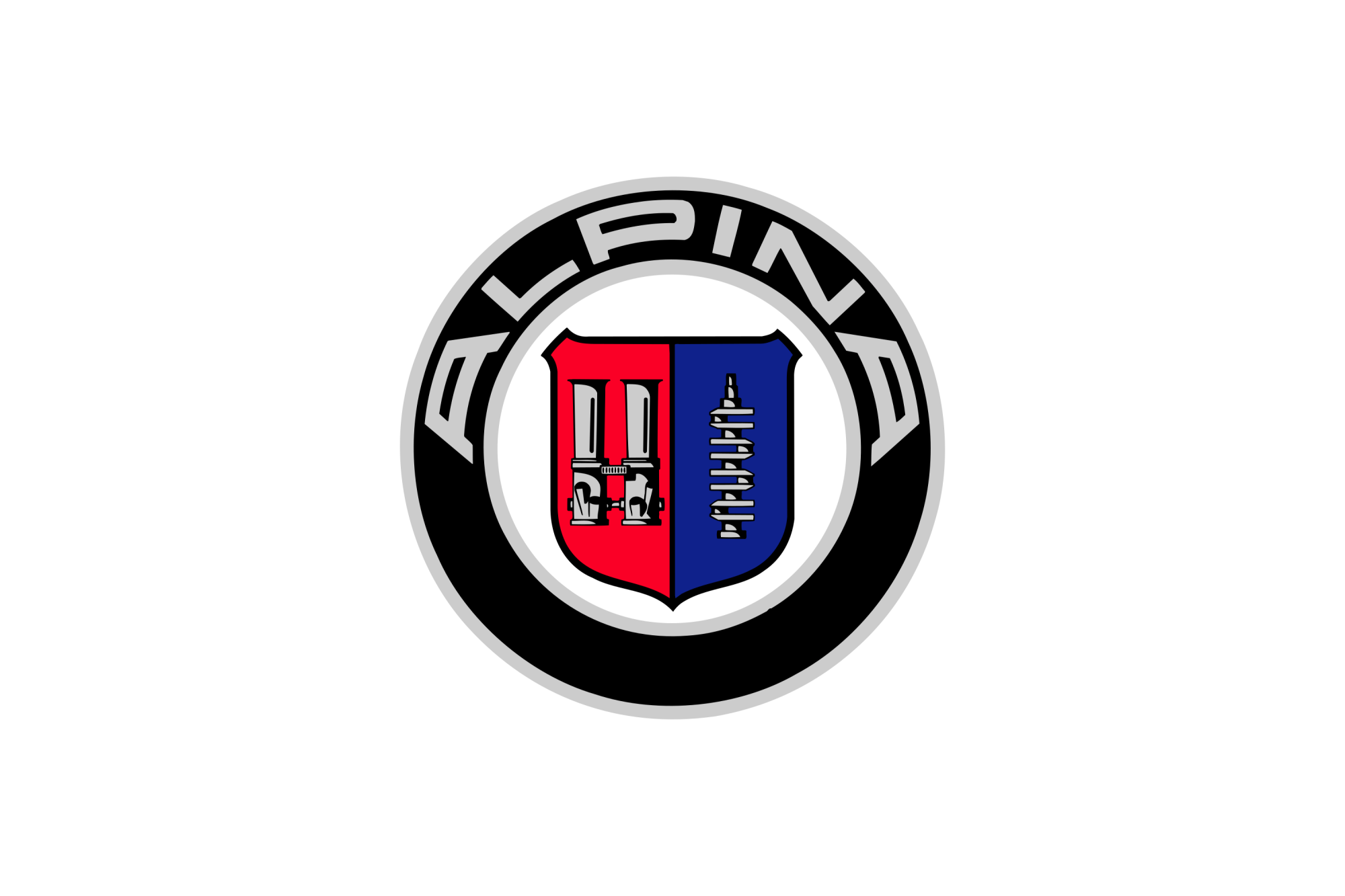 Alpina
Alpina  Amilcar
Amilcar  Aston Martin
Aston Martin  ATL Autotecnica del Lario
ATL Autotecnica del Lario  Audi
Audi  Austin
Austin  Austin-Healey
Austin-Healey .png) Bentley
Bentley  BMW
BMW  Cadillac
Cadillac  Chevrolet
Chevrolet  Citroën
Citroën  Daimler
Daimler  DKW
DKW  Ferrari
Ferrari  Fiat
Fiat  Ford
Ford  Geko
Geko .svg.png) Honda
Honda  Innocenti
Innocenti .png) Jaguar
Jaguar 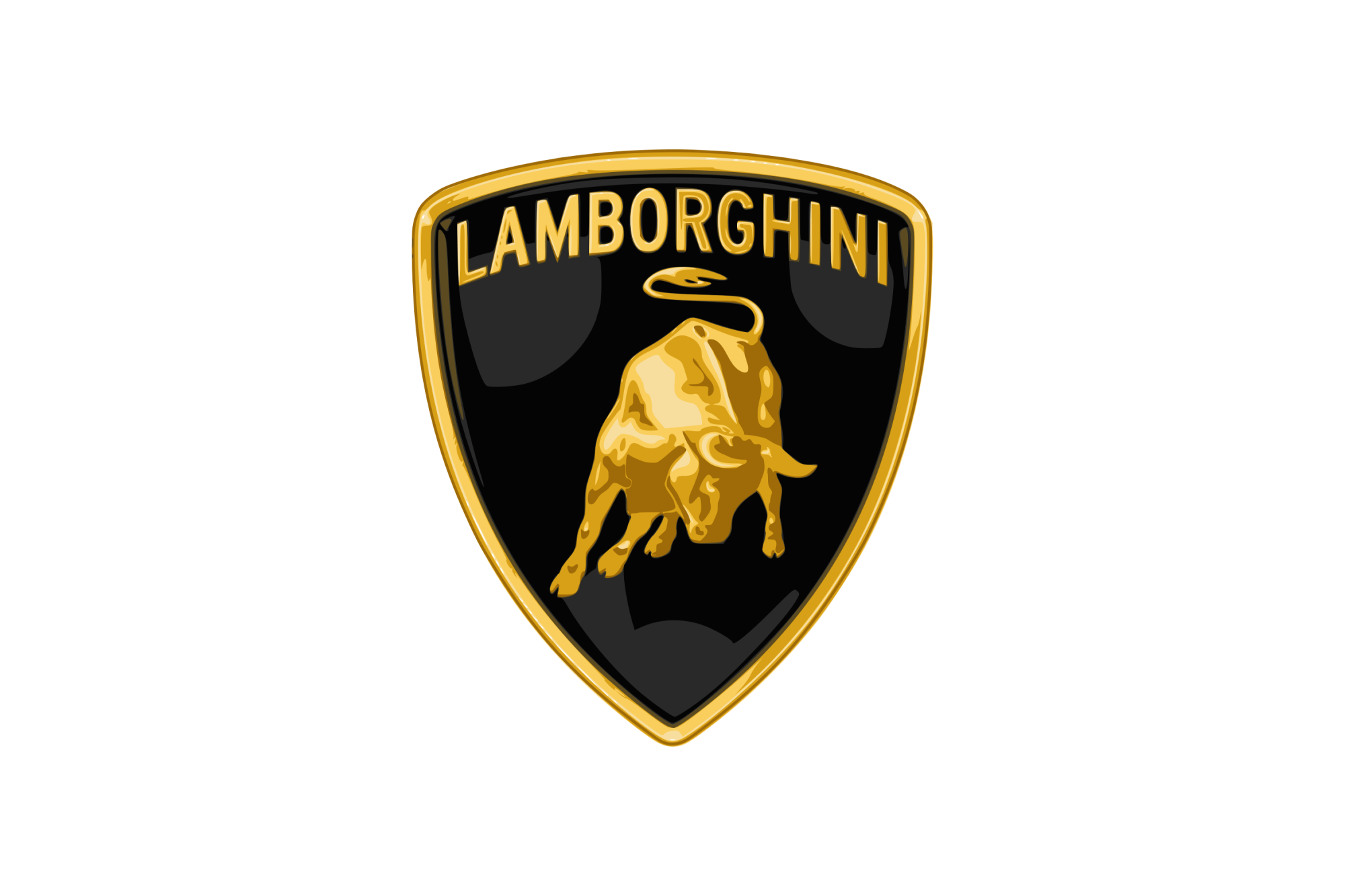 Lamborghini
Lamborghini .png) Lancia
Lancia  Land Rover
Land Rover  Lotus
Lotus  Maserati
Maserati  Matra Sports
Matra Sports  Mercedes-Benz
Mercedes-Benz  MG
MG .svg.png) Mini
Mini  Mitsubishi
Mitsubishi .png) Morgan
Morgan  Morris
Morris  Nash Healey
Nash Healey .png) Nissan
Nissan  NSU
NSU  Porsche
Porsche  Renault
Renault  Rolls-Royce
Rolls-Royce  Siata
Siata  Simca
Simca .png) Studebaker
Studebaker  Subaru
Subaru  Sunbeam
Sunbeam  Triumph
Triumph  Volkswagen
Volkswagen  Benelli
Benelli .svg.png) Honda
Honda  Kawasaki
Kawasaki  Moto Guzzi
Moto Guzzi .png) NSU
NSU  Ossa
Ossa  Polaris
Polaris  Royal Enfield
Royal Enfield  Suzuki
Suzuki  SWM
SWM  Yamaha
Yamaha 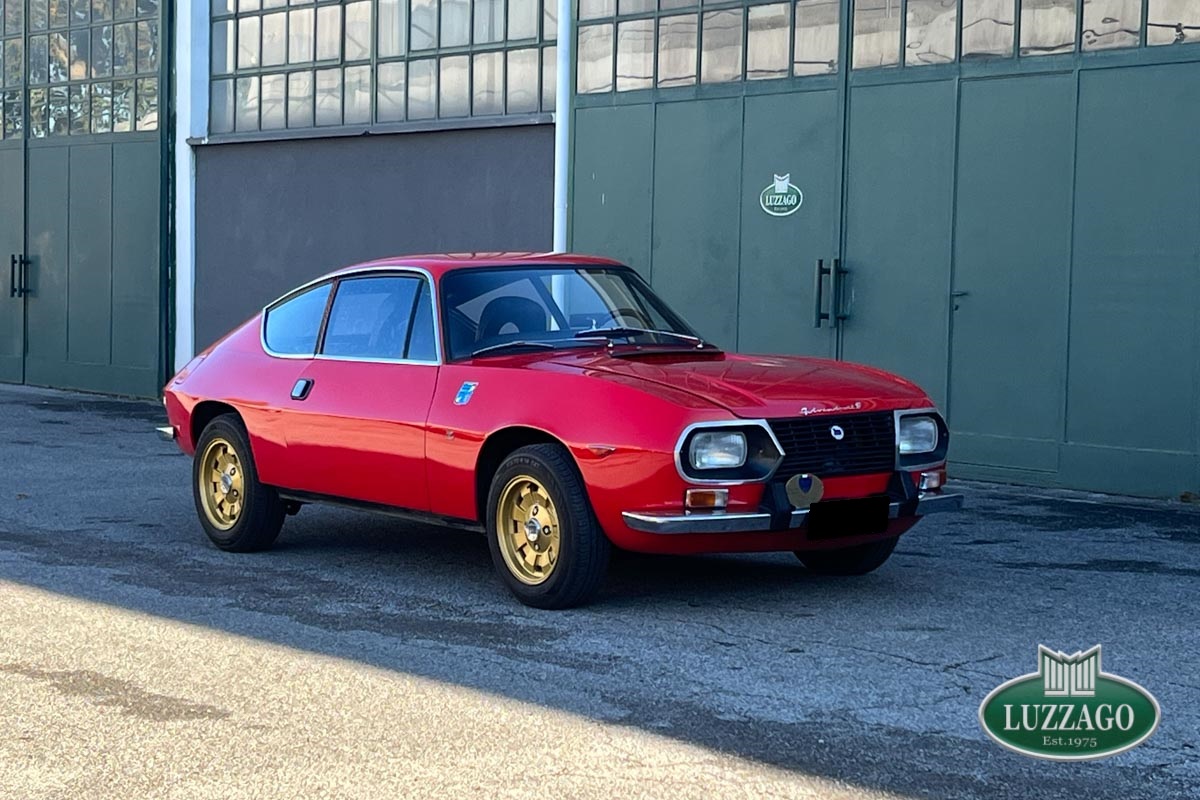
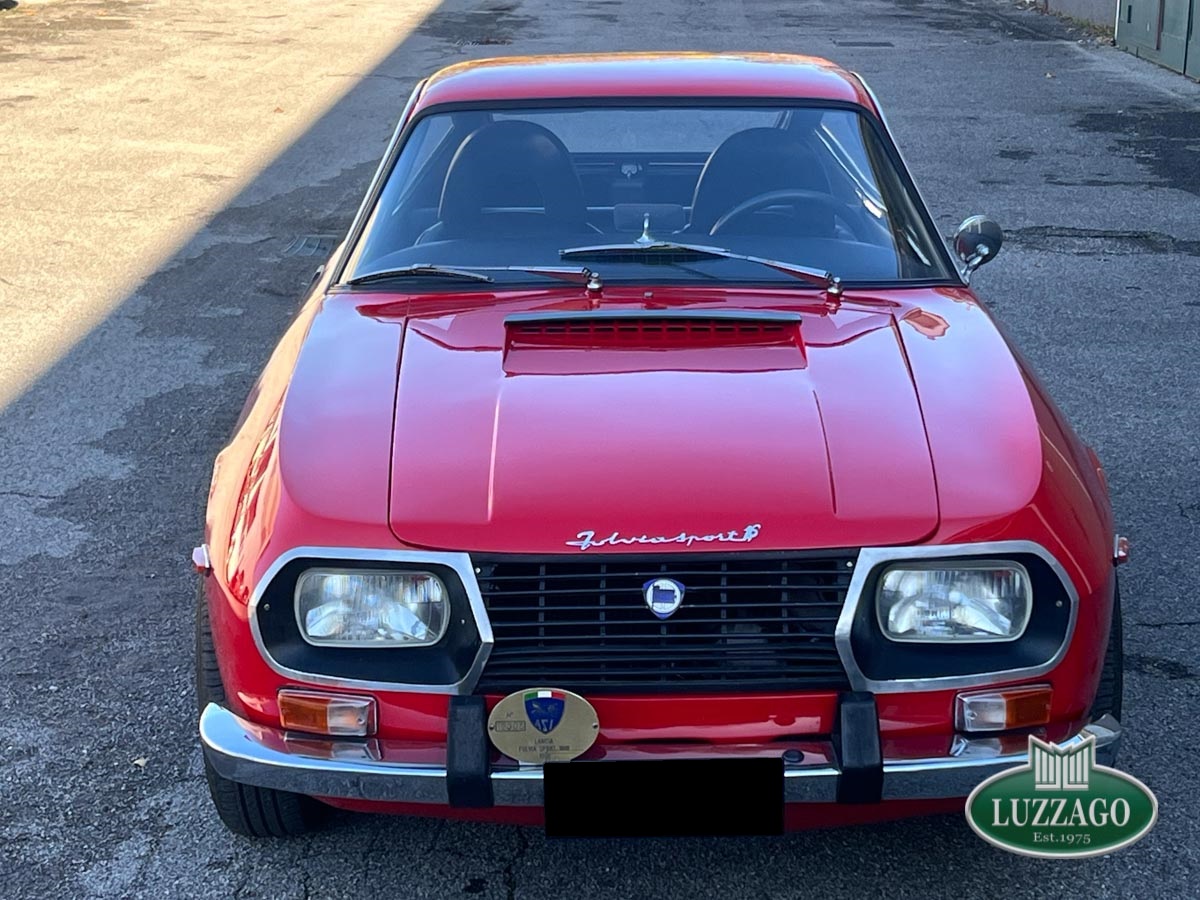
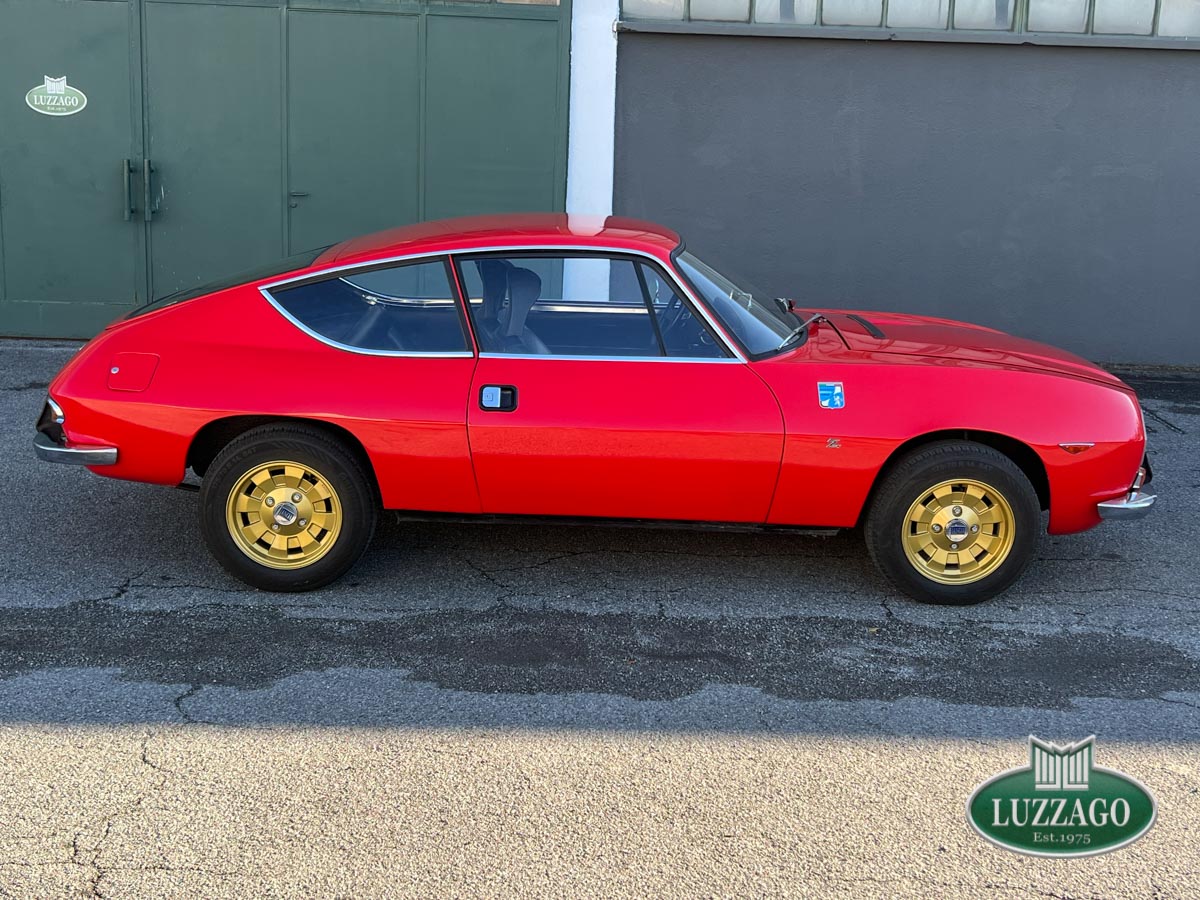
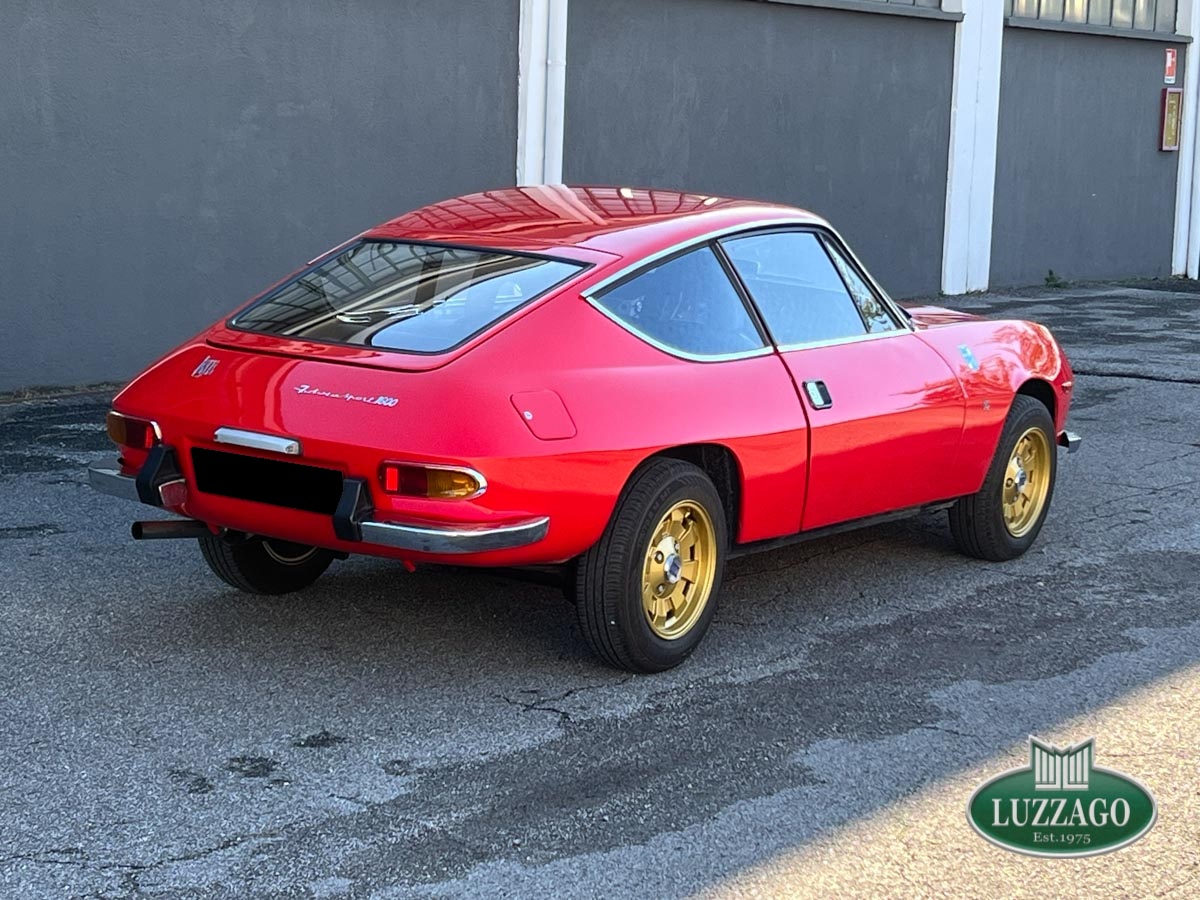
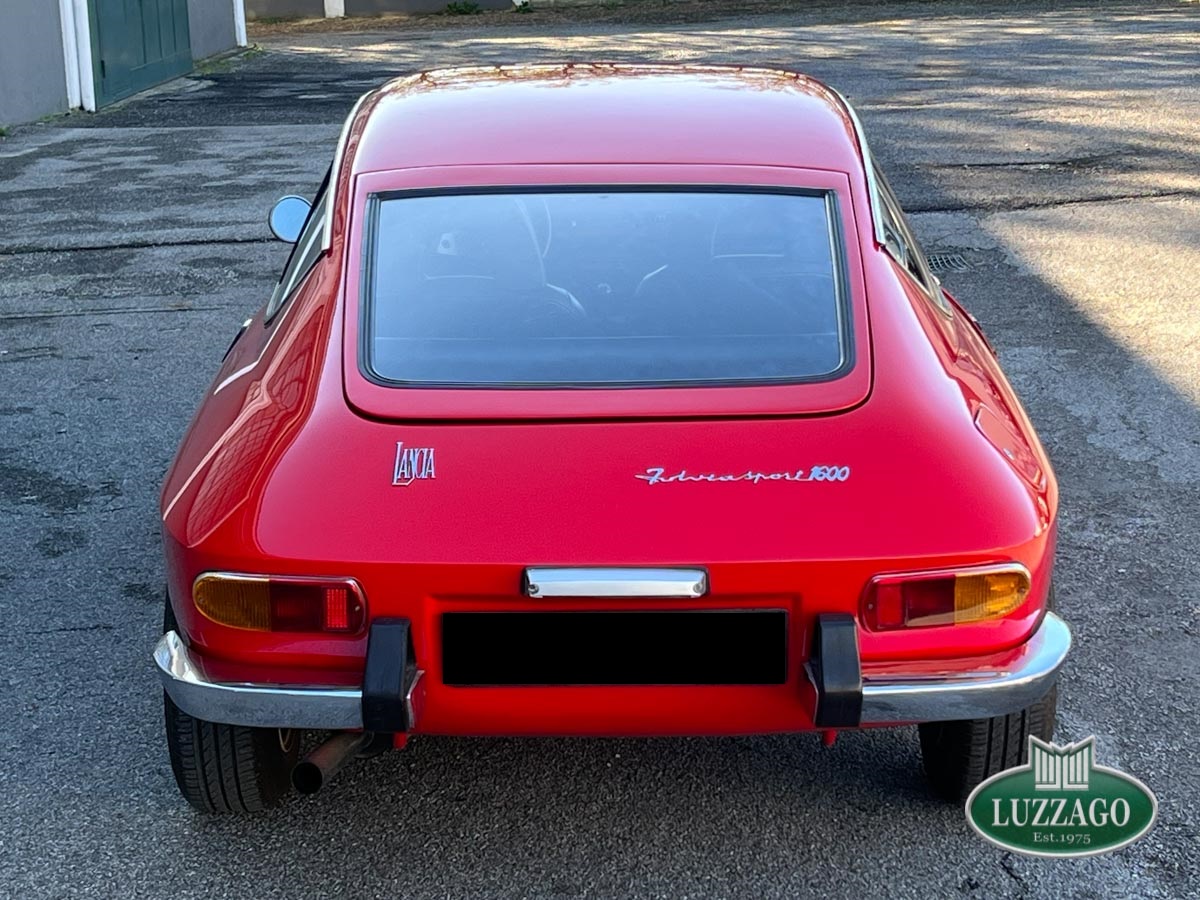
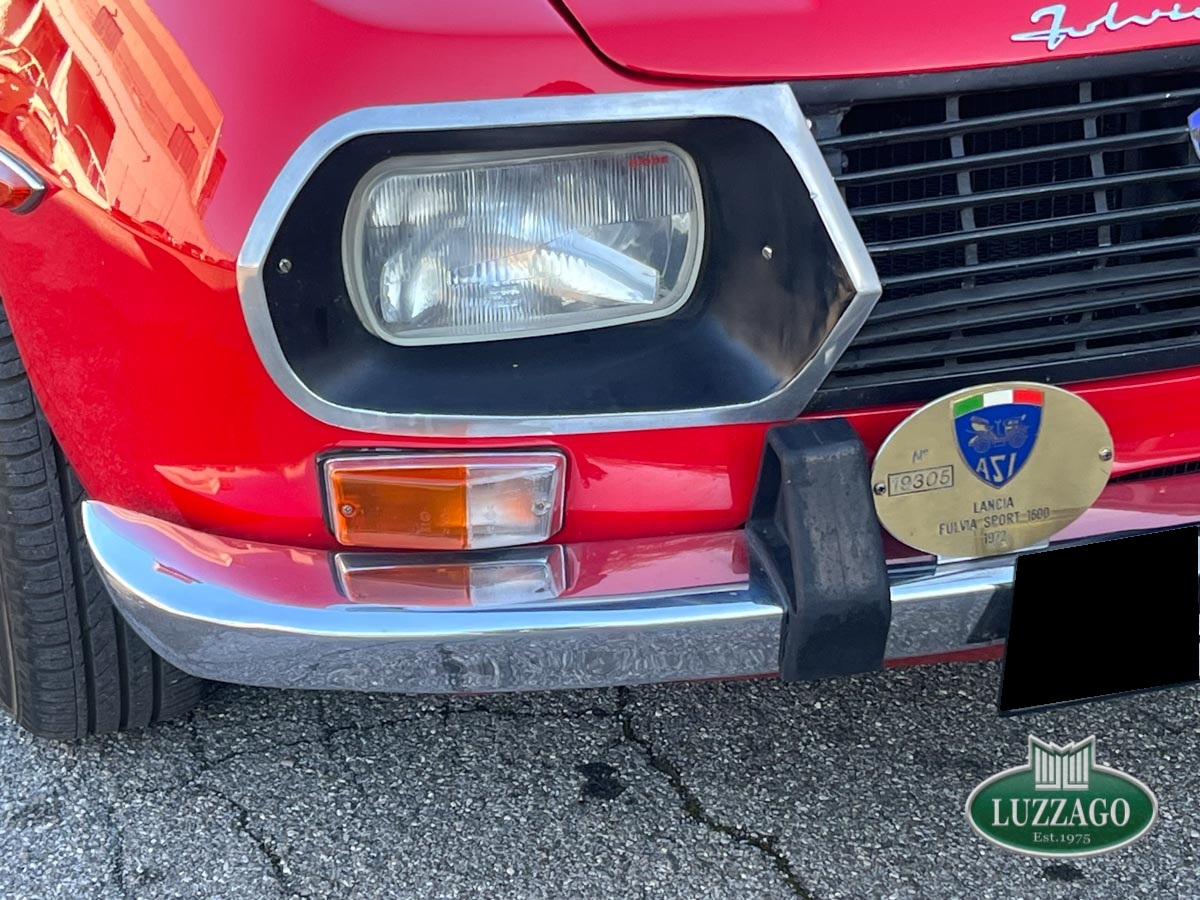
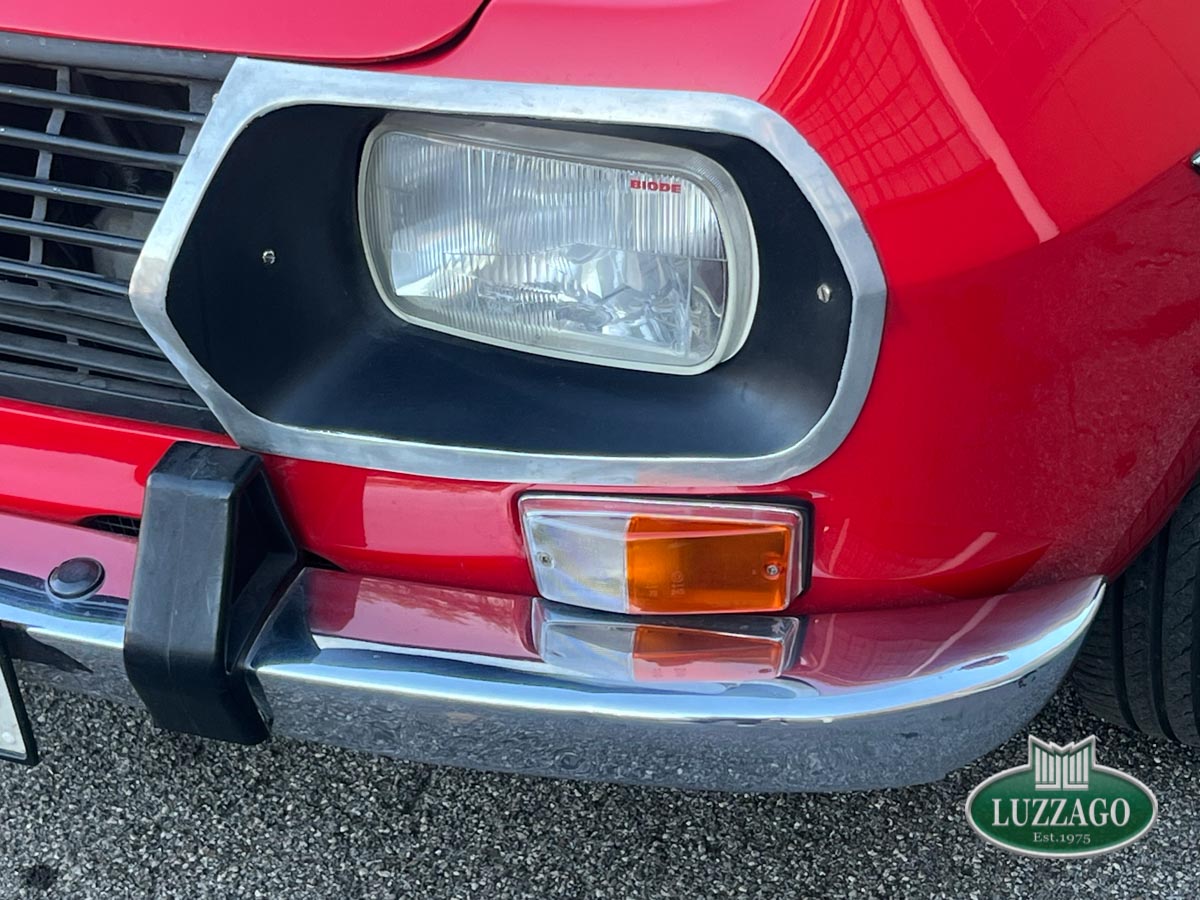
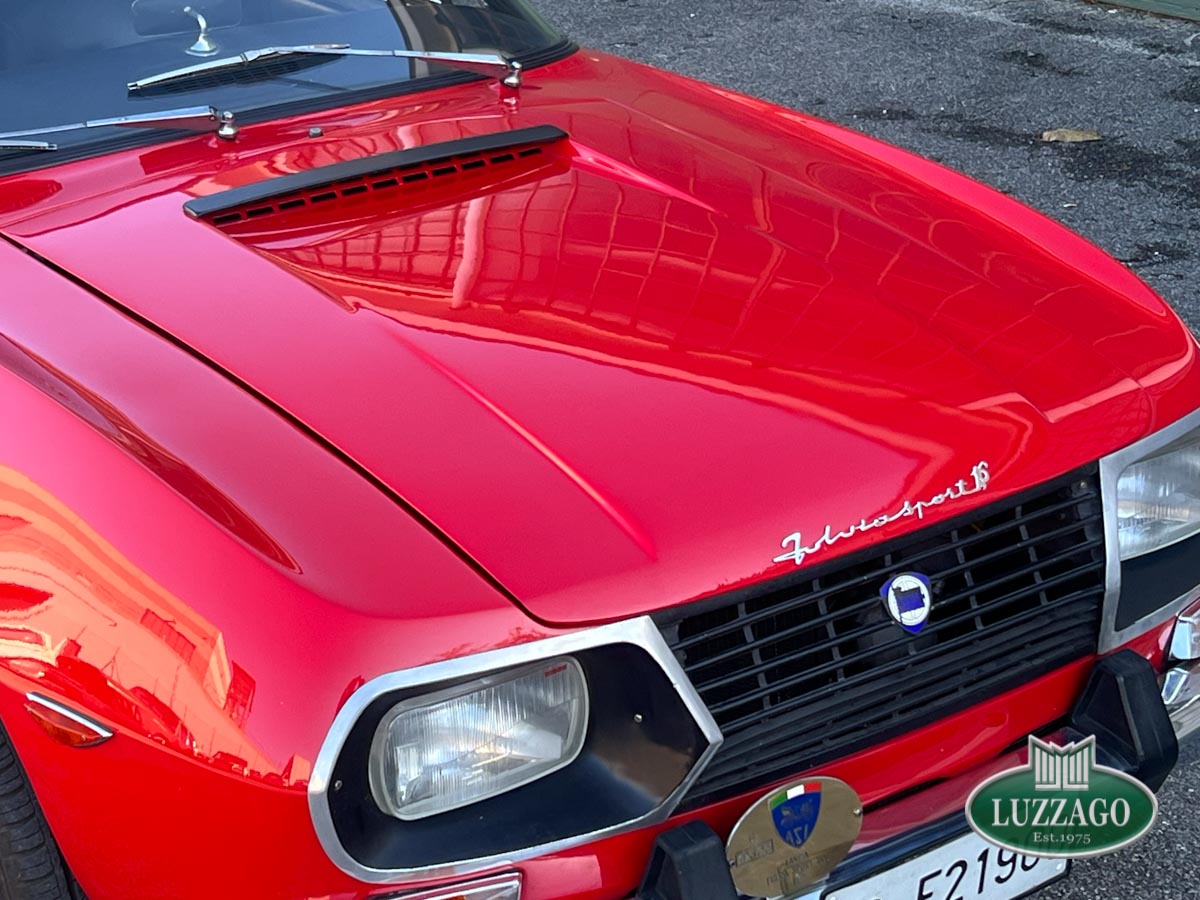
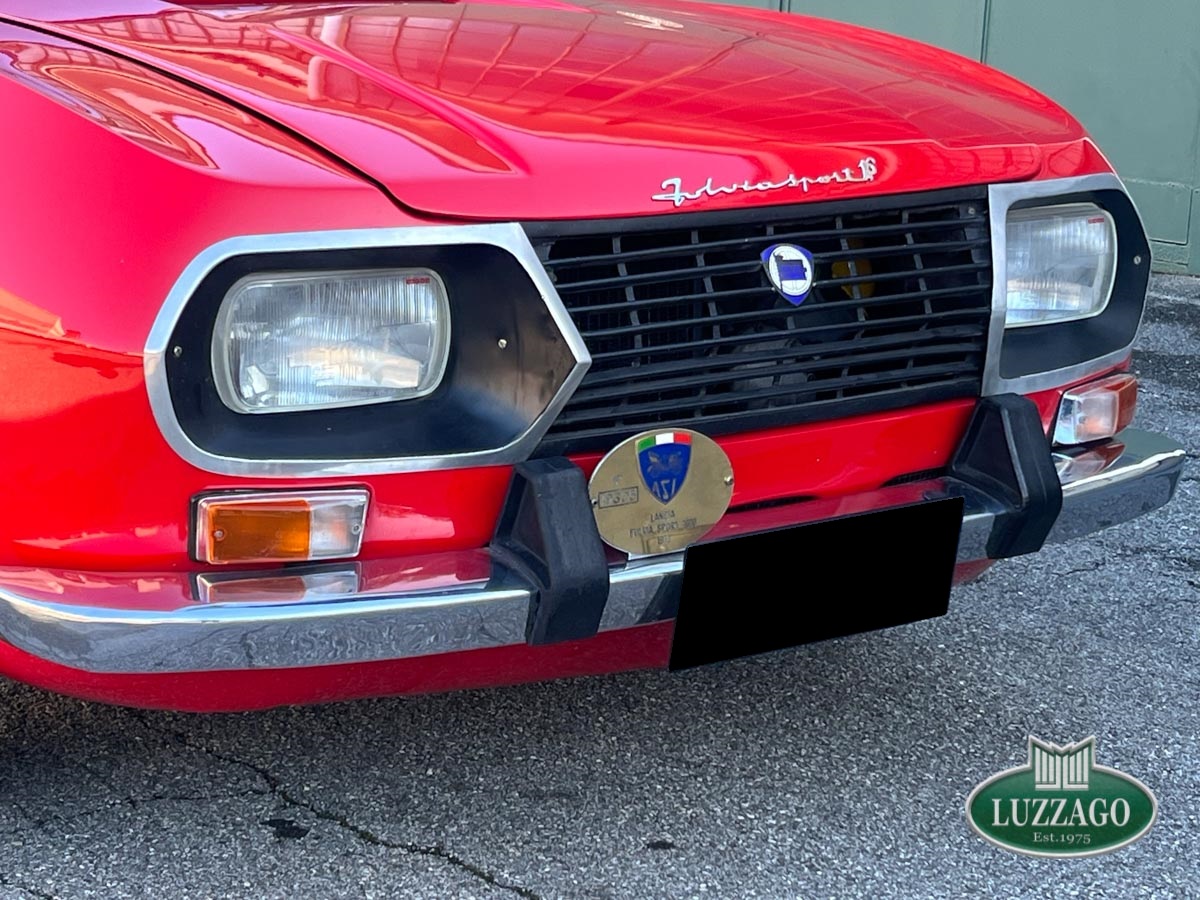
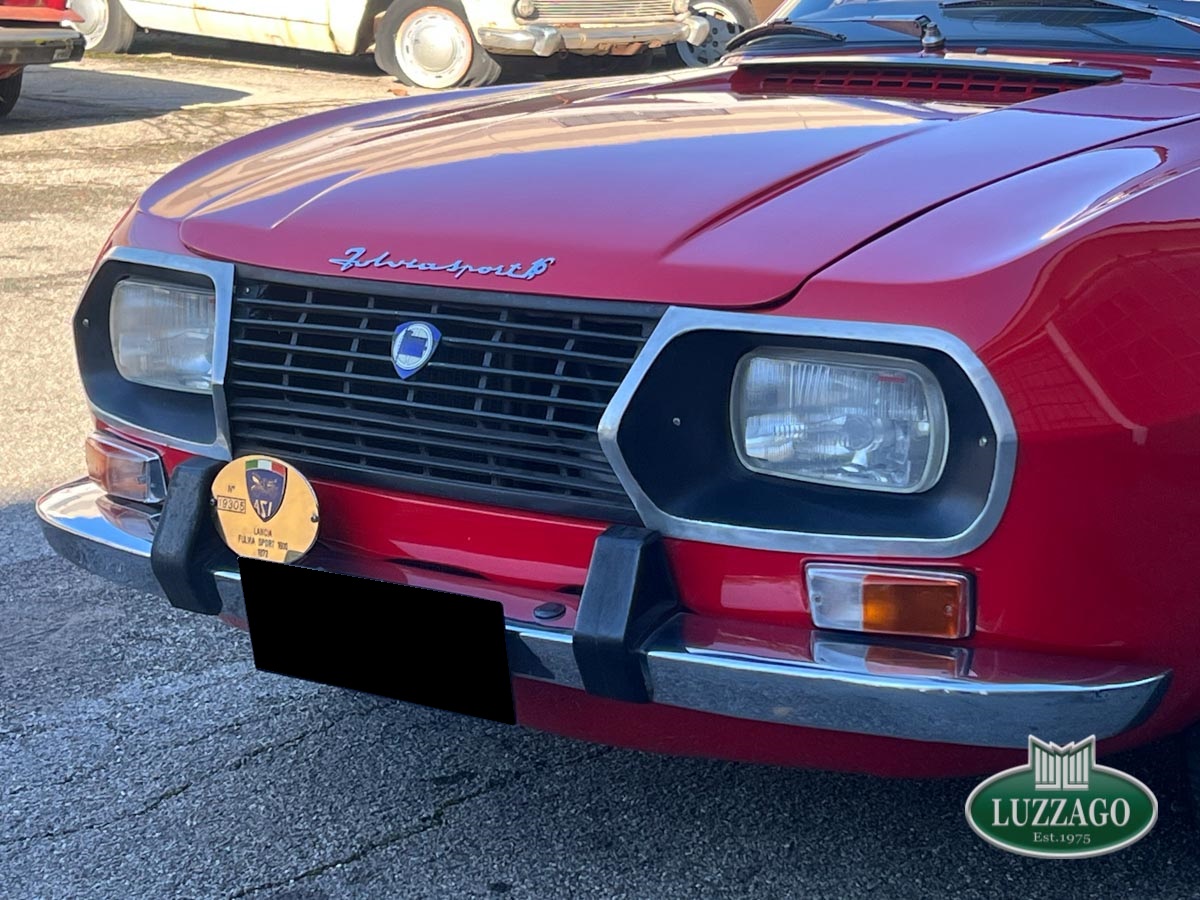
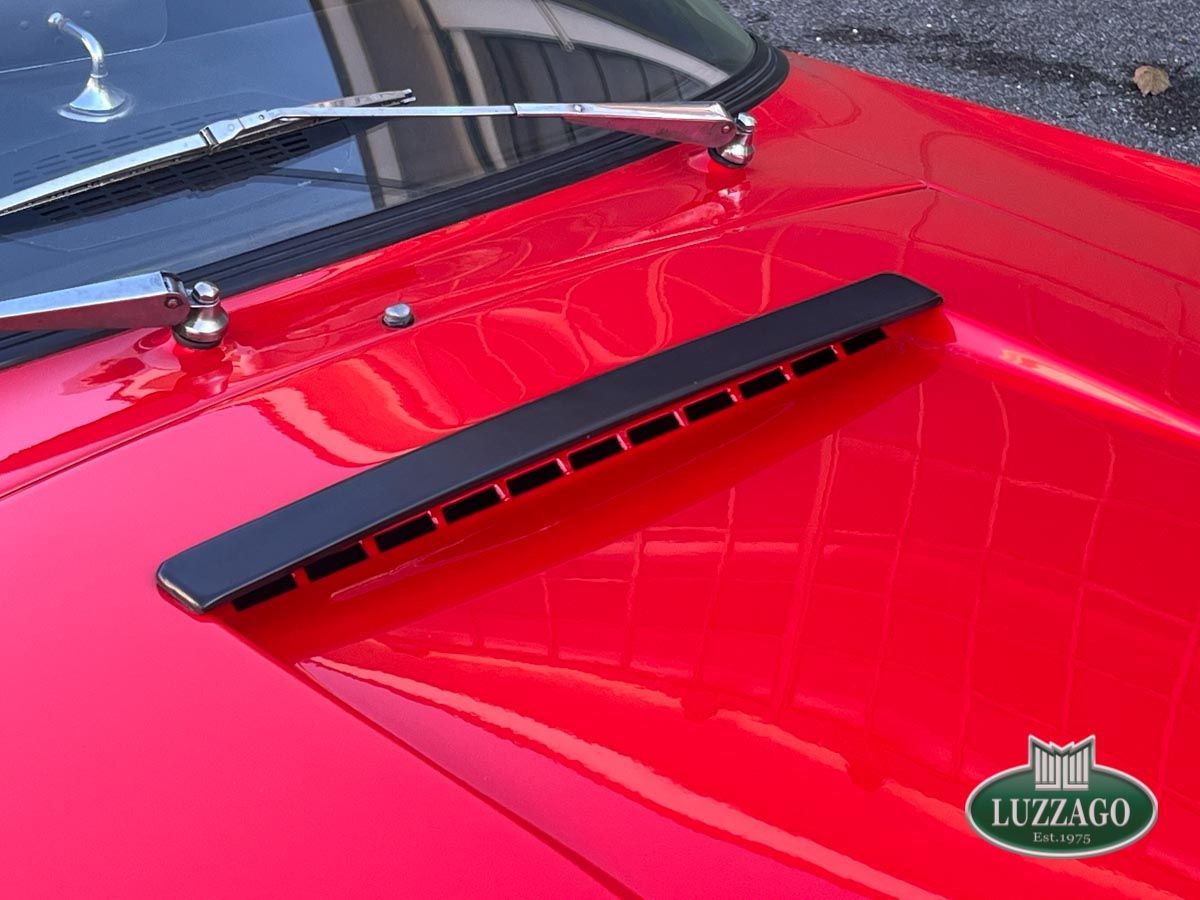
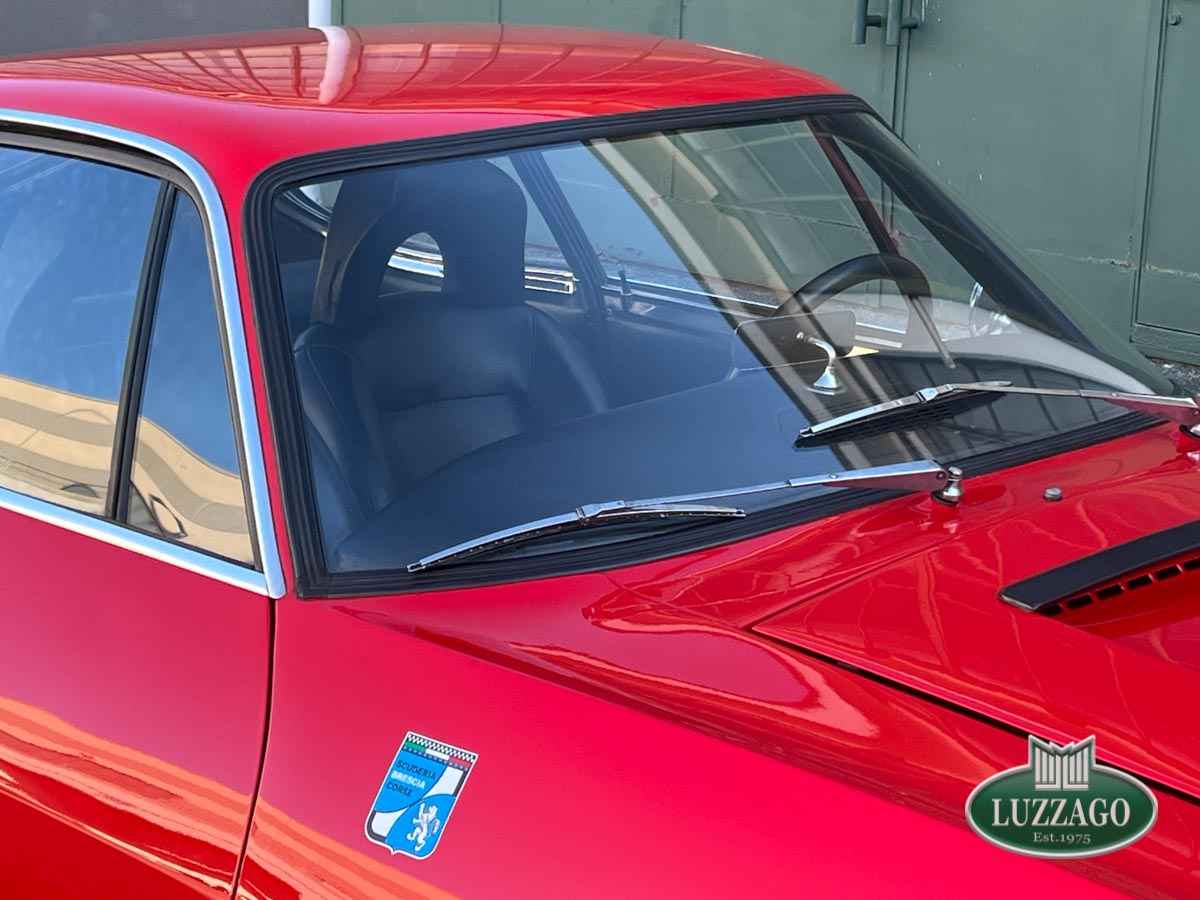
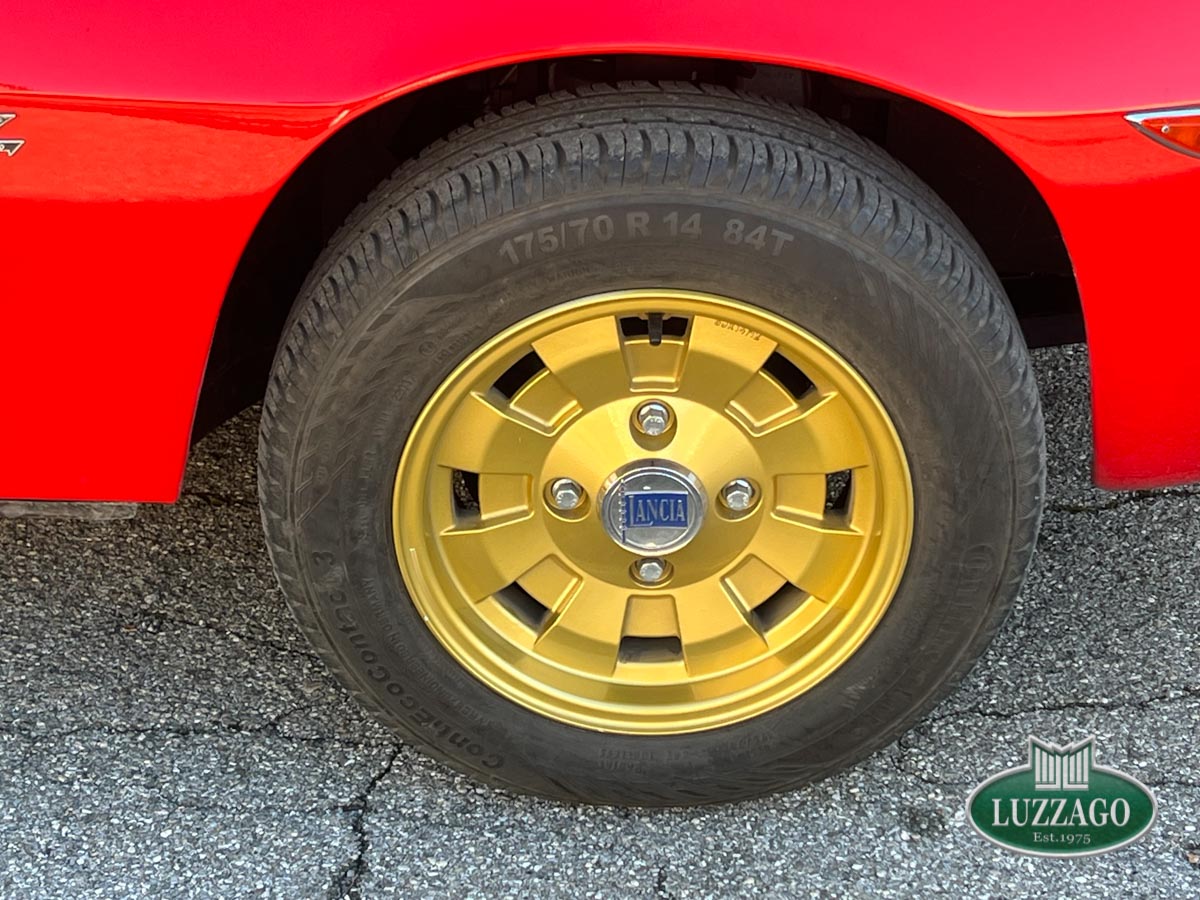
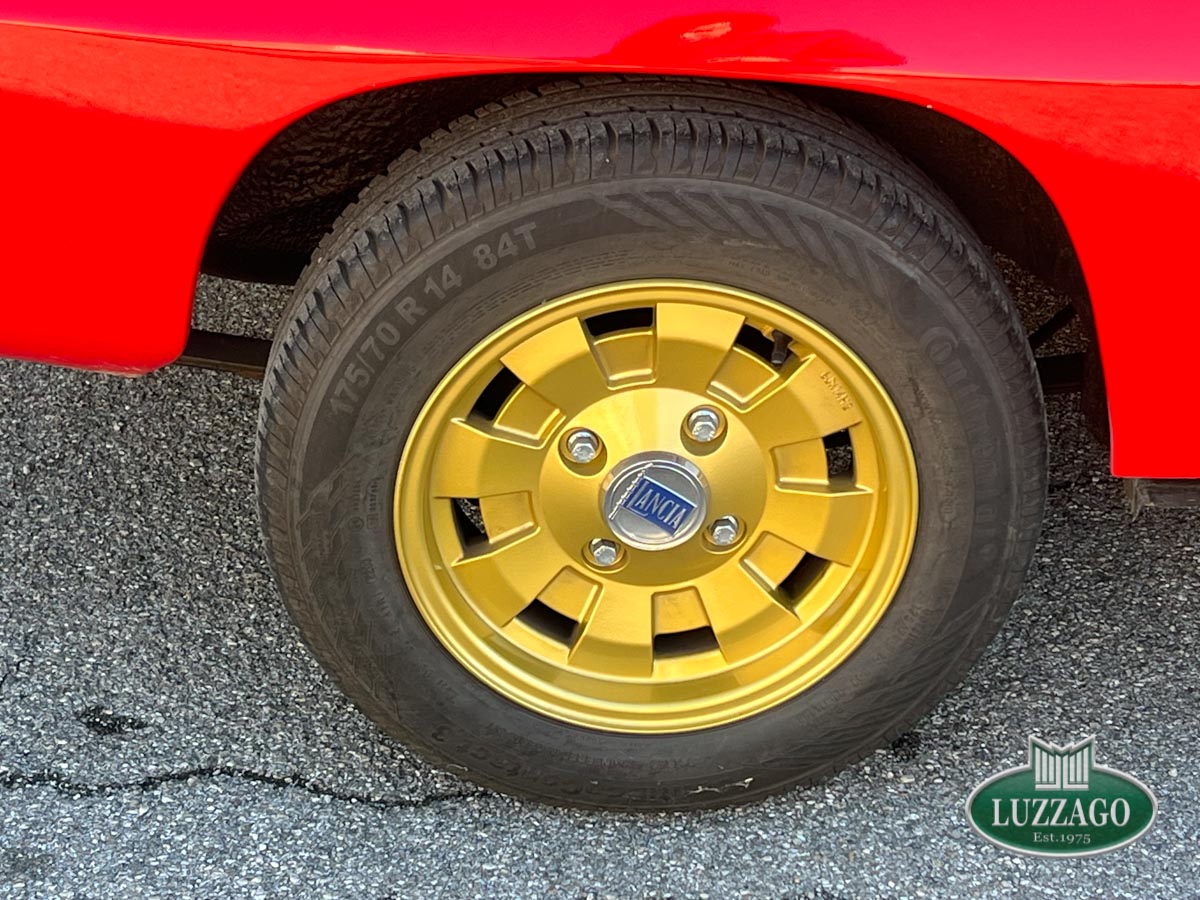
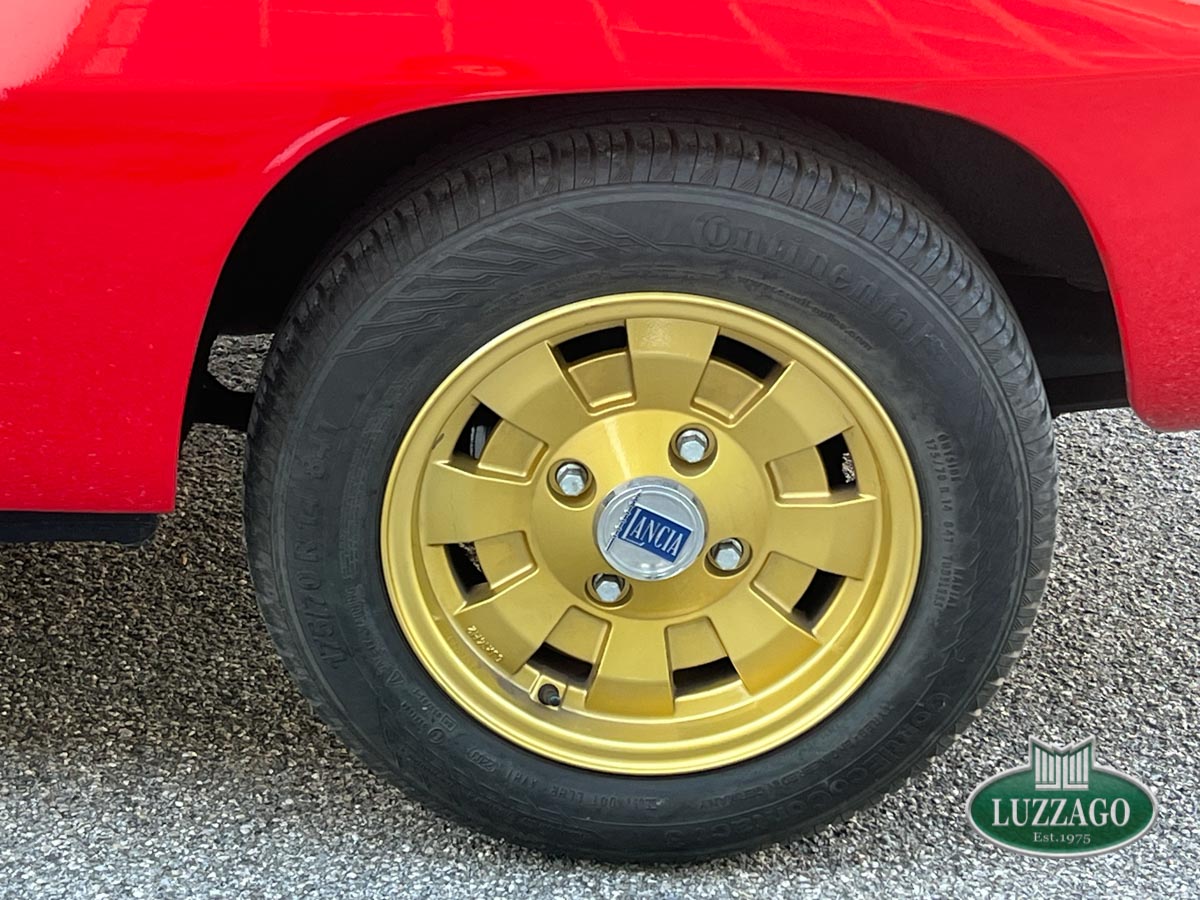
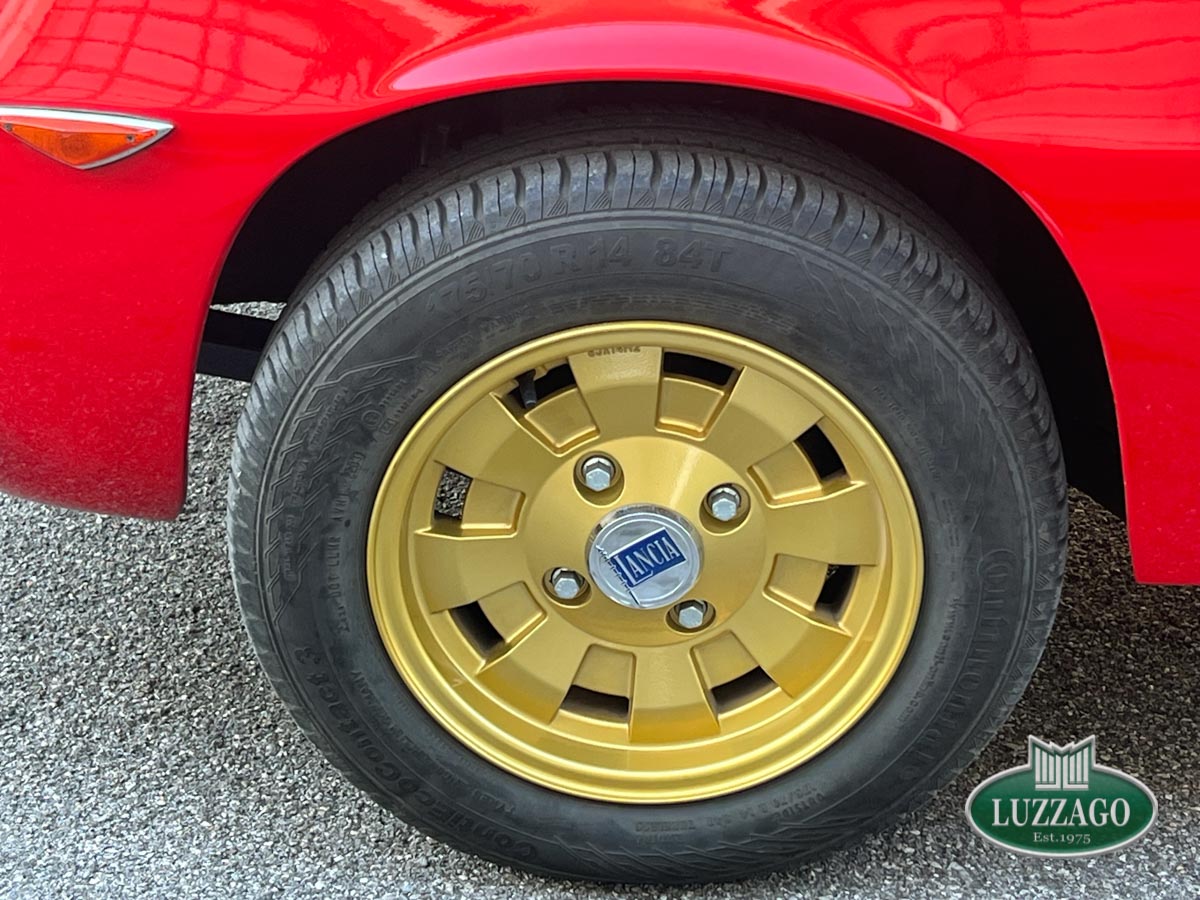
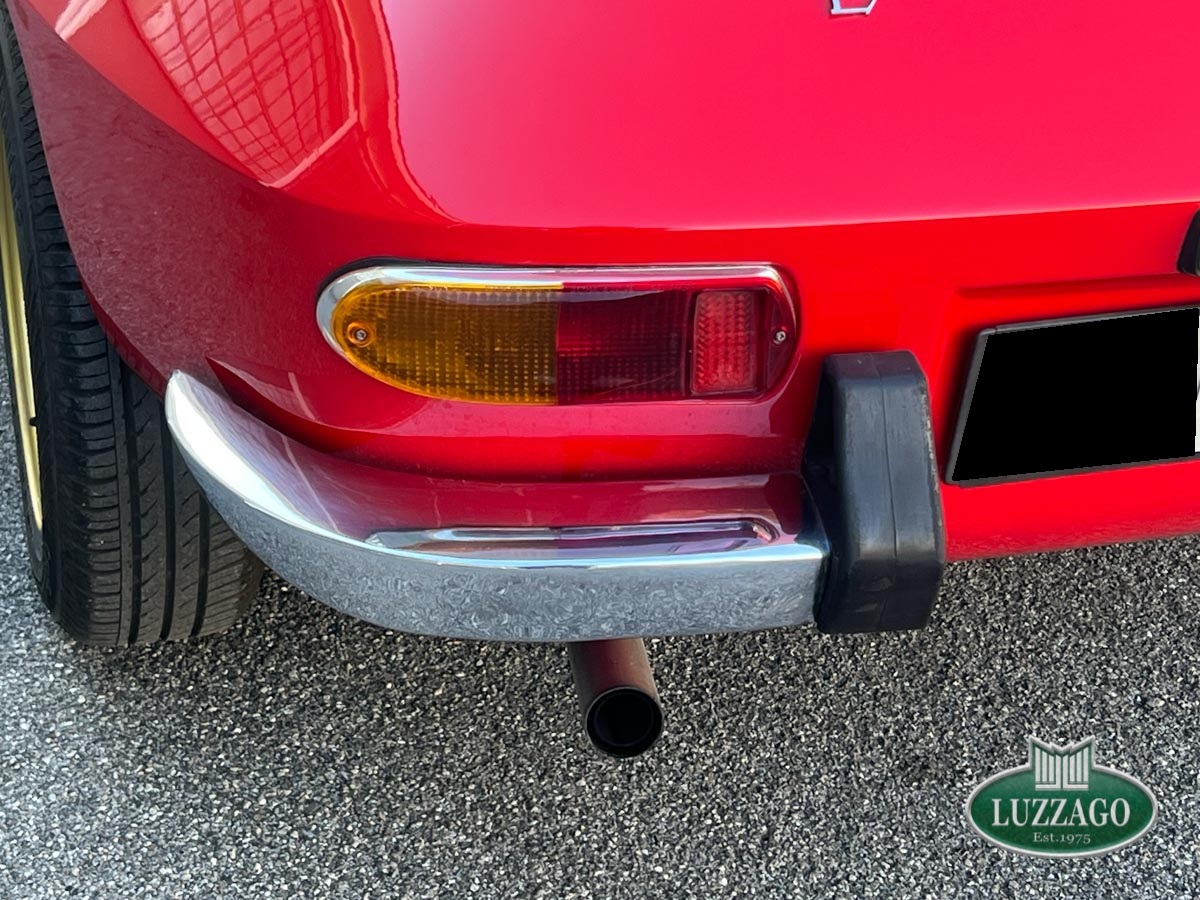
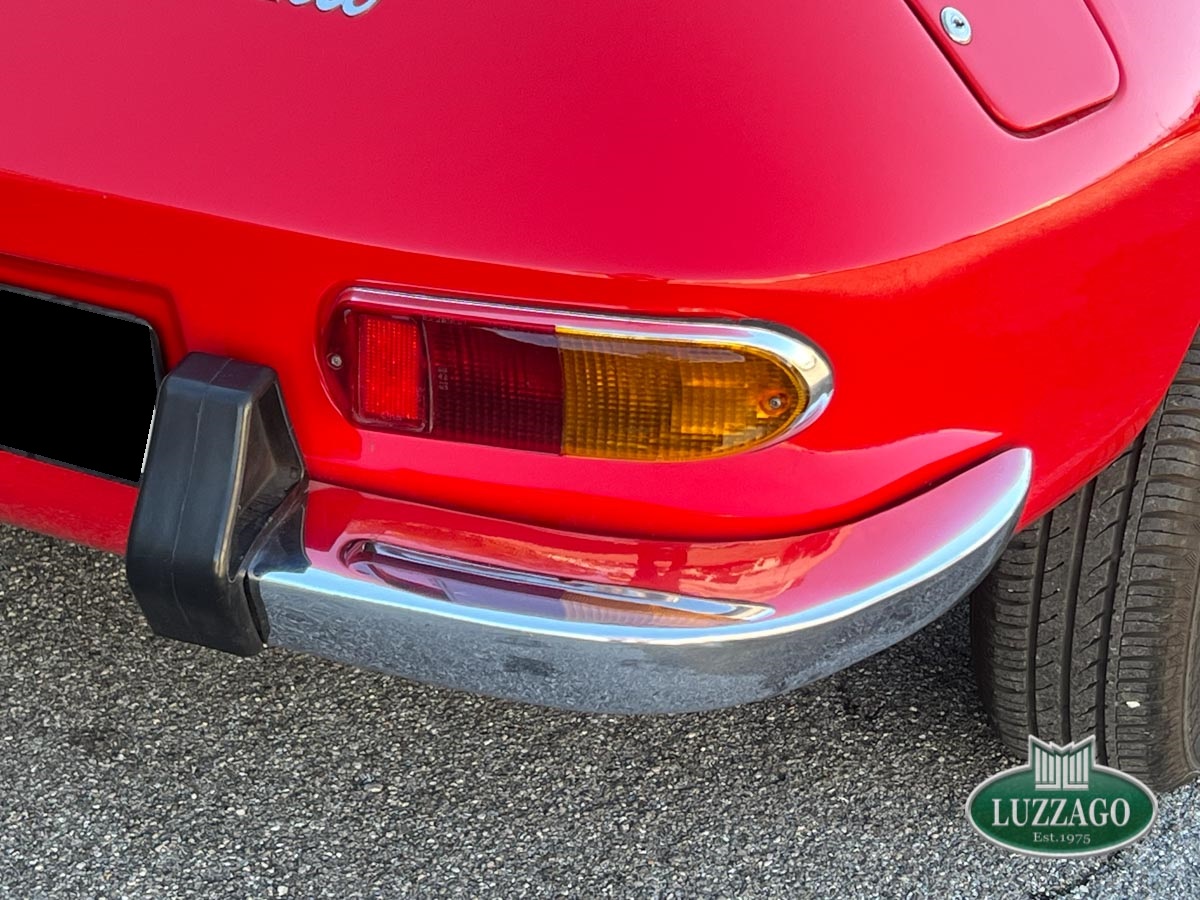
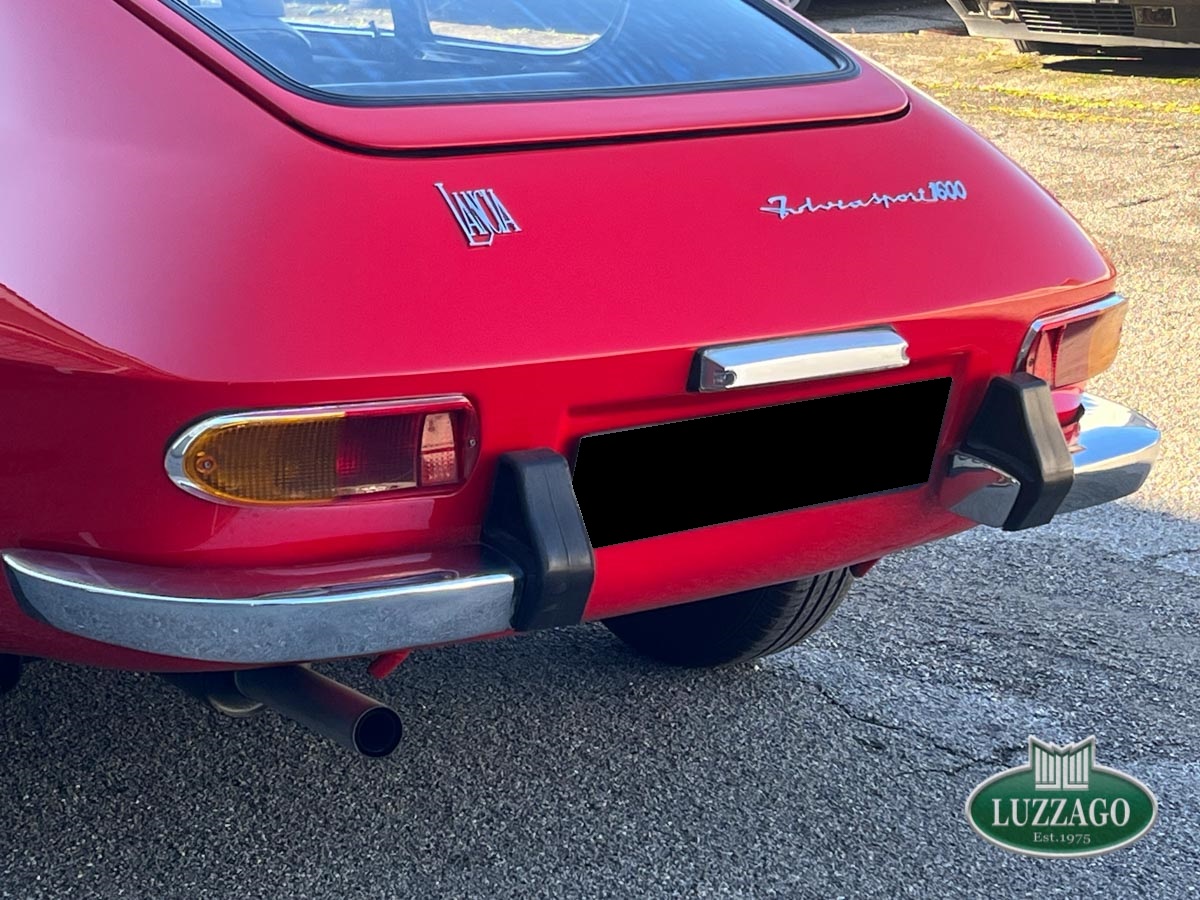
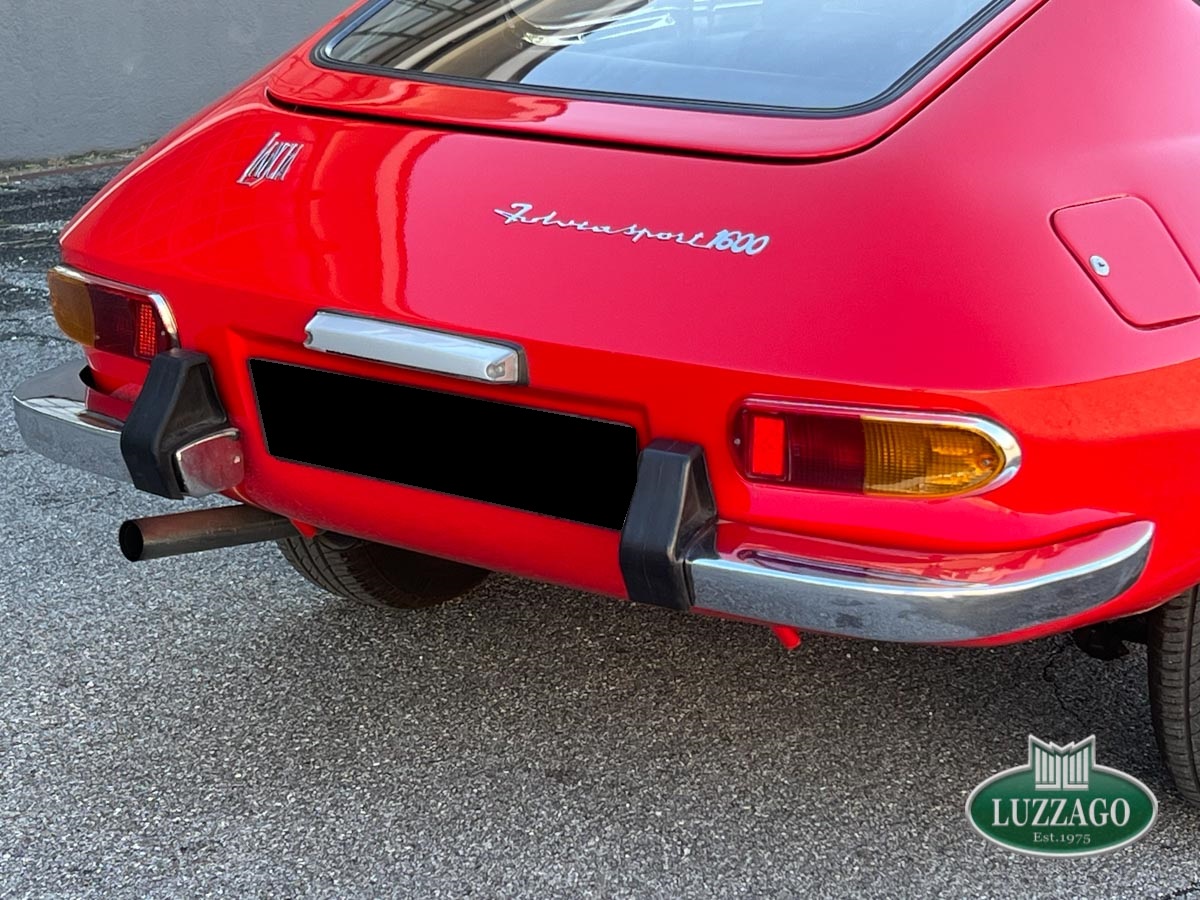
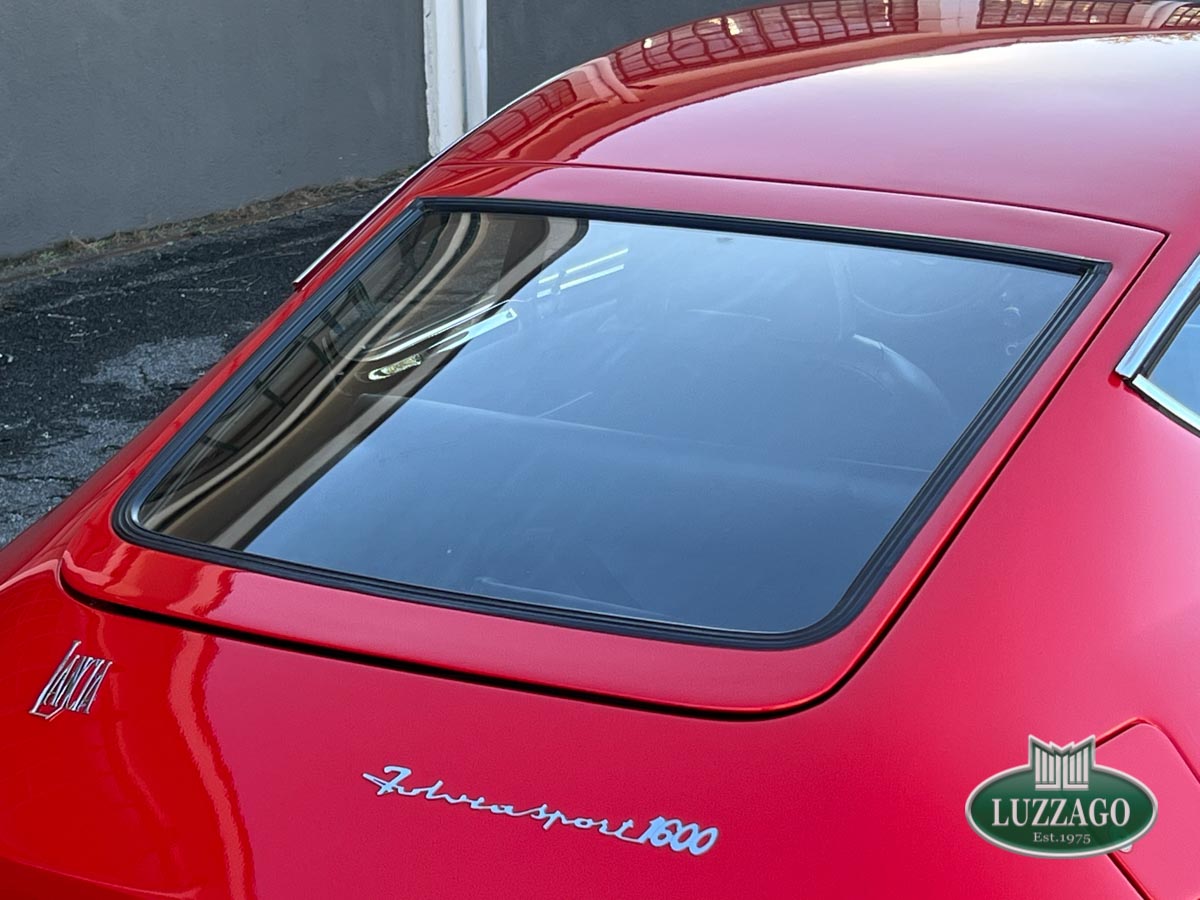
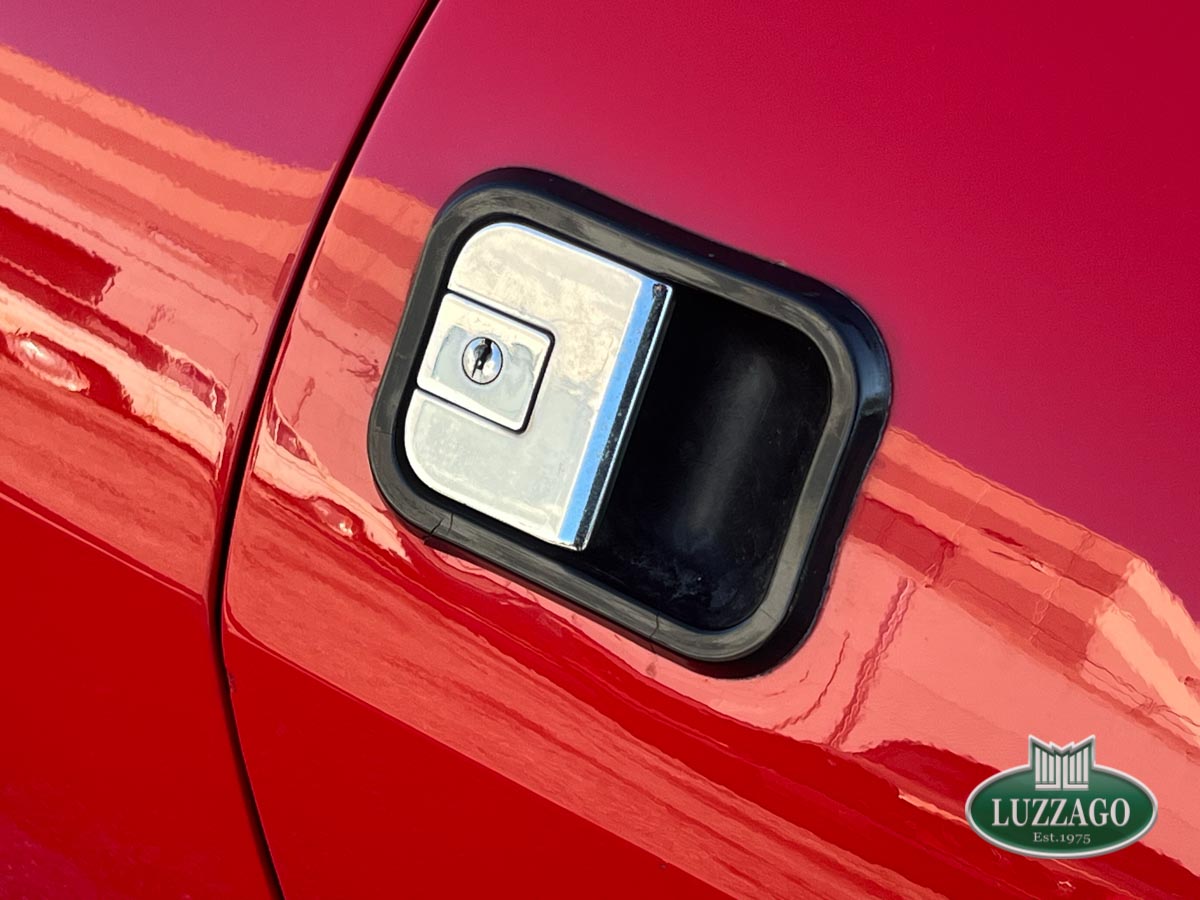
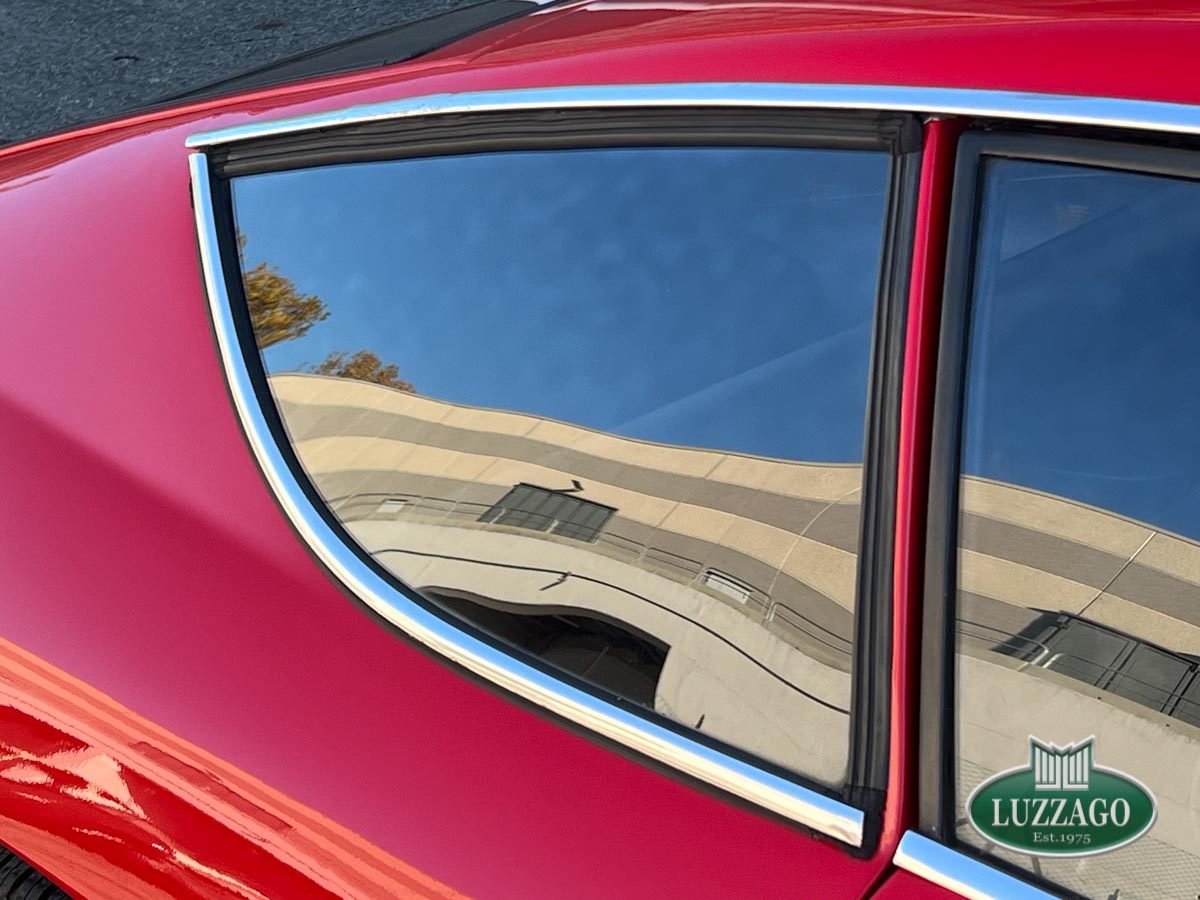
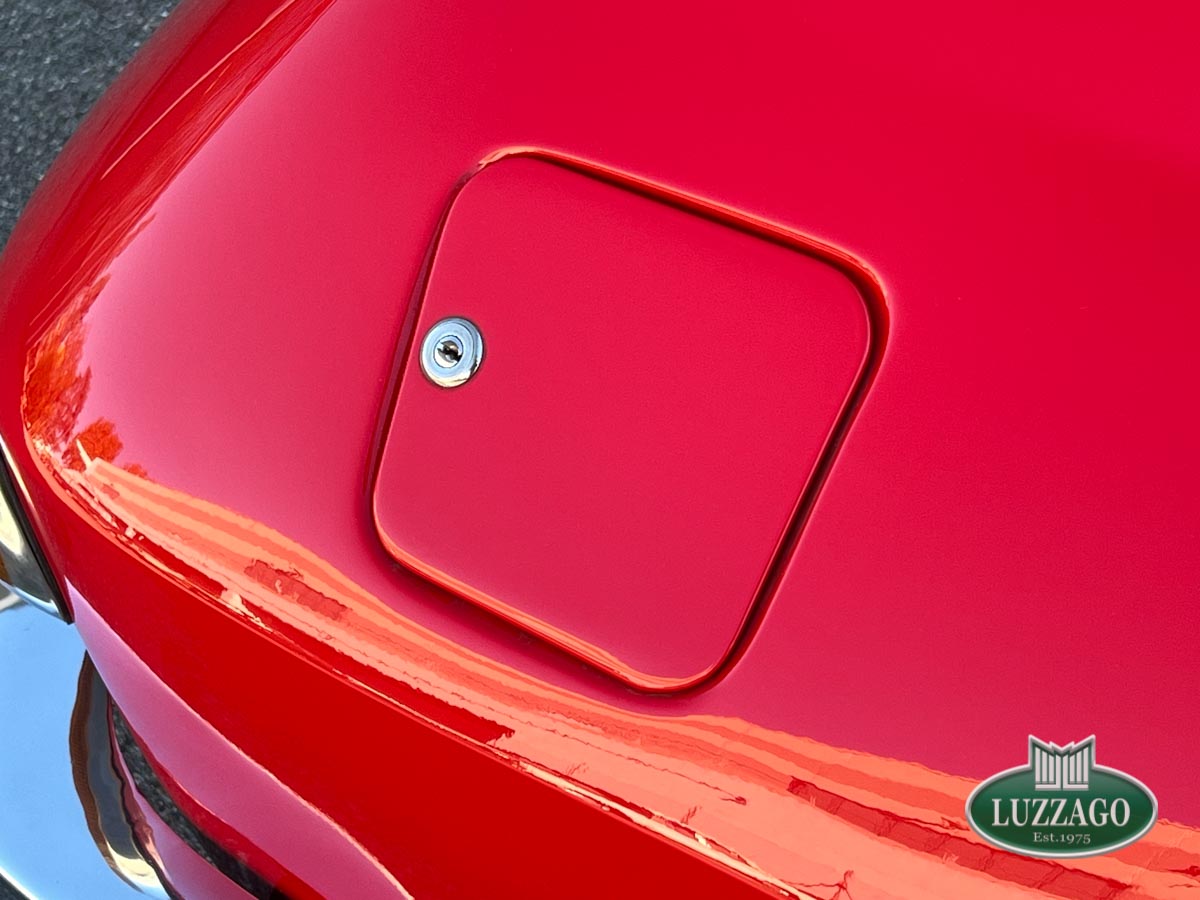
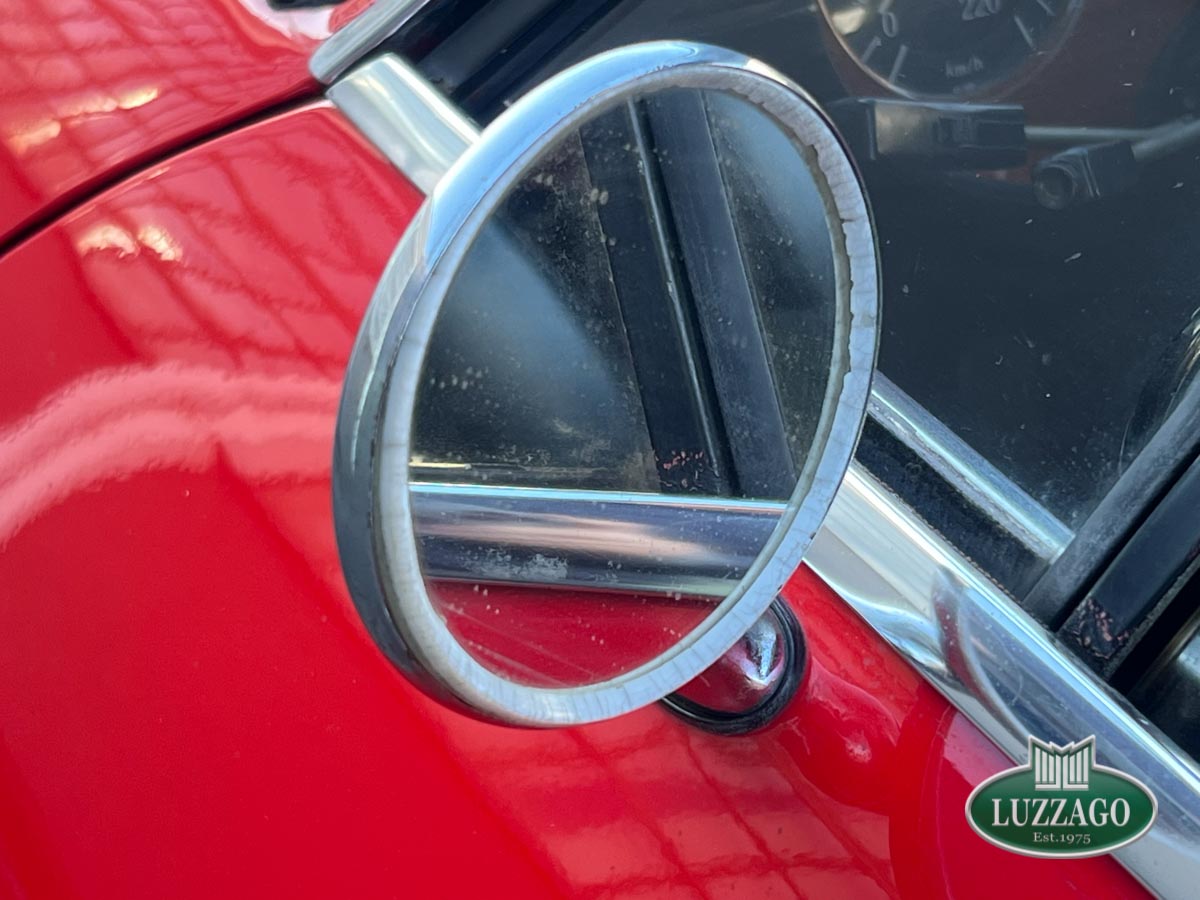
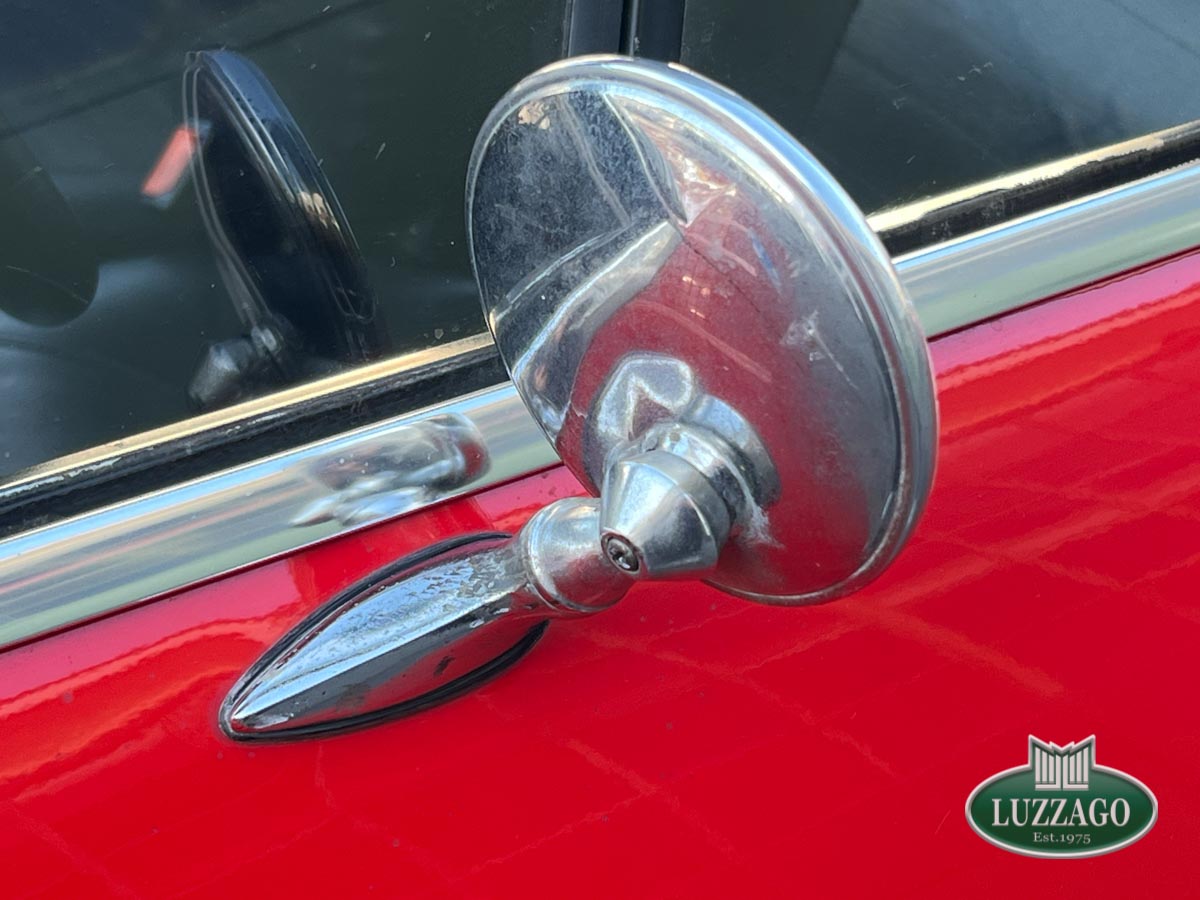
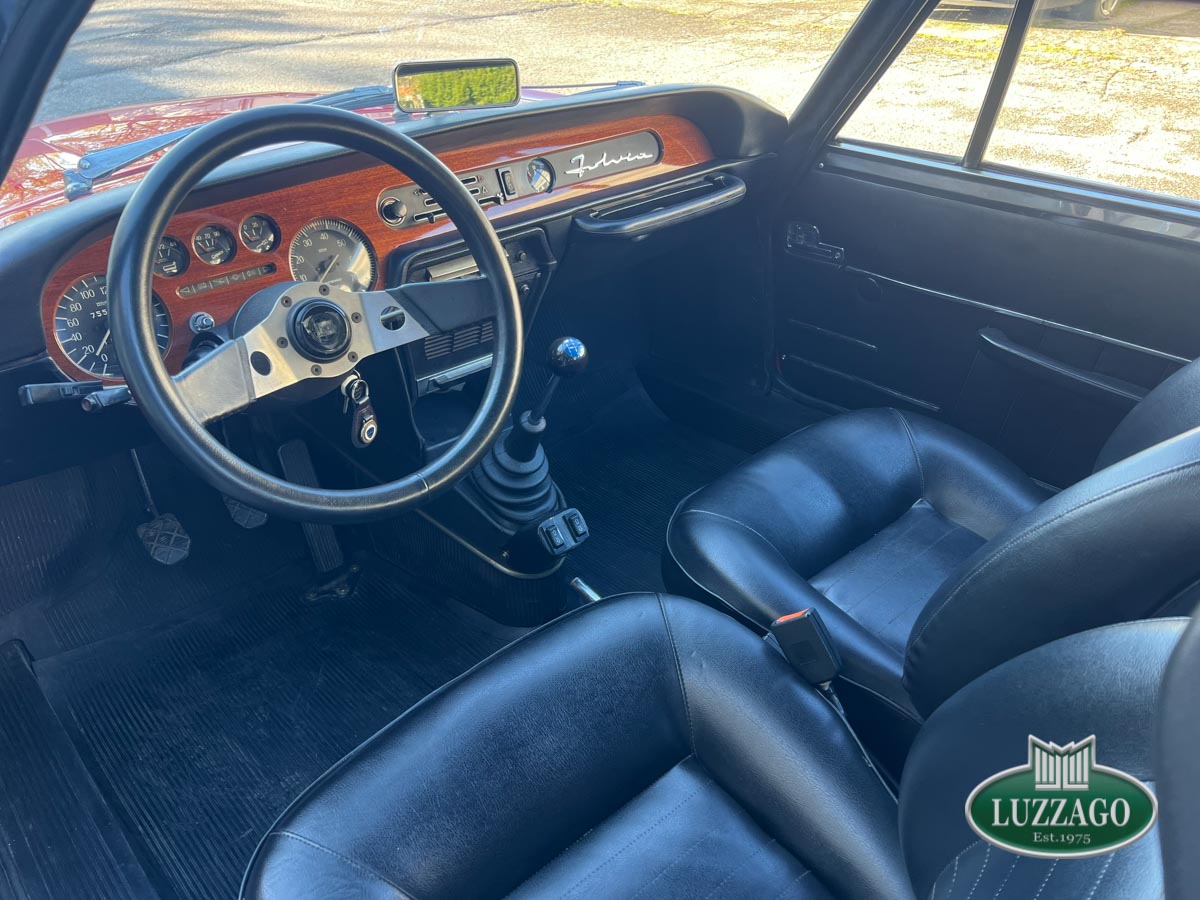
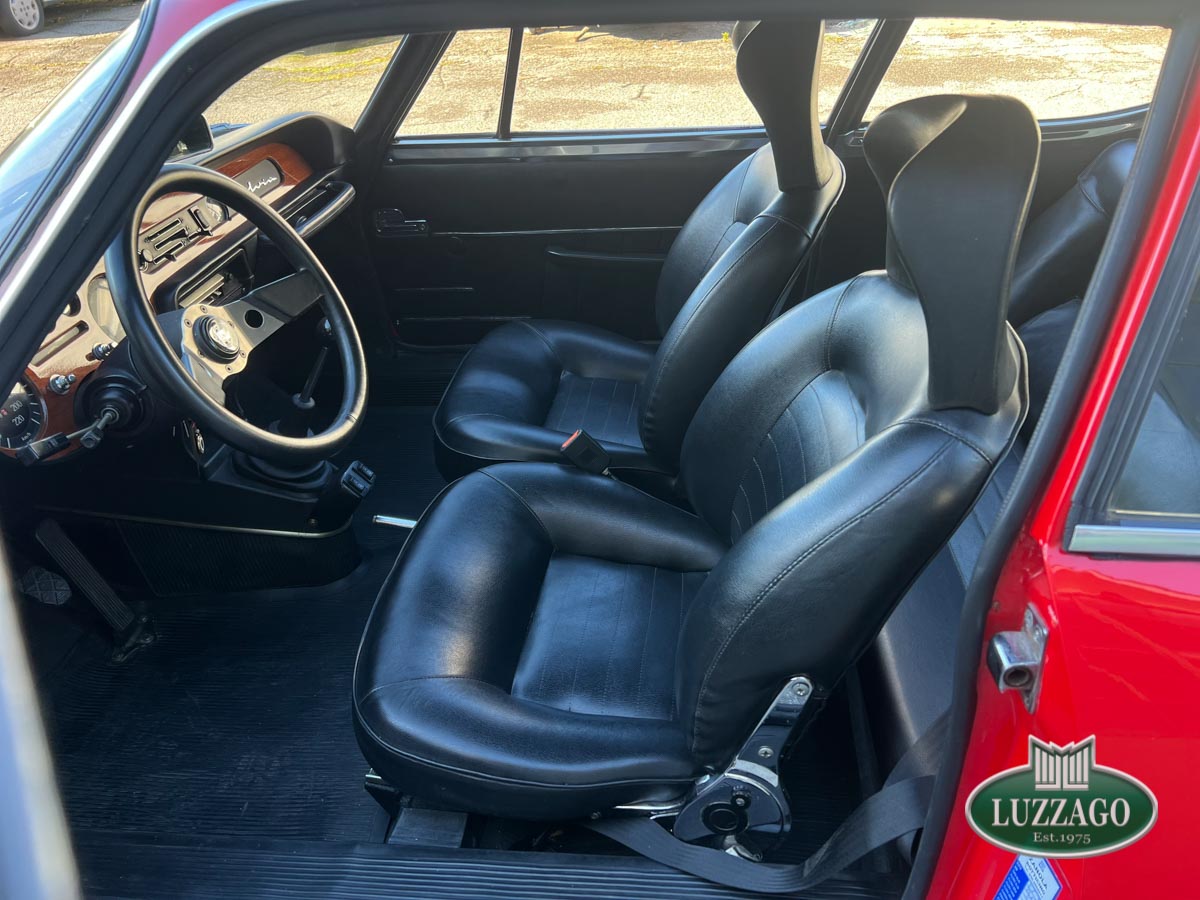
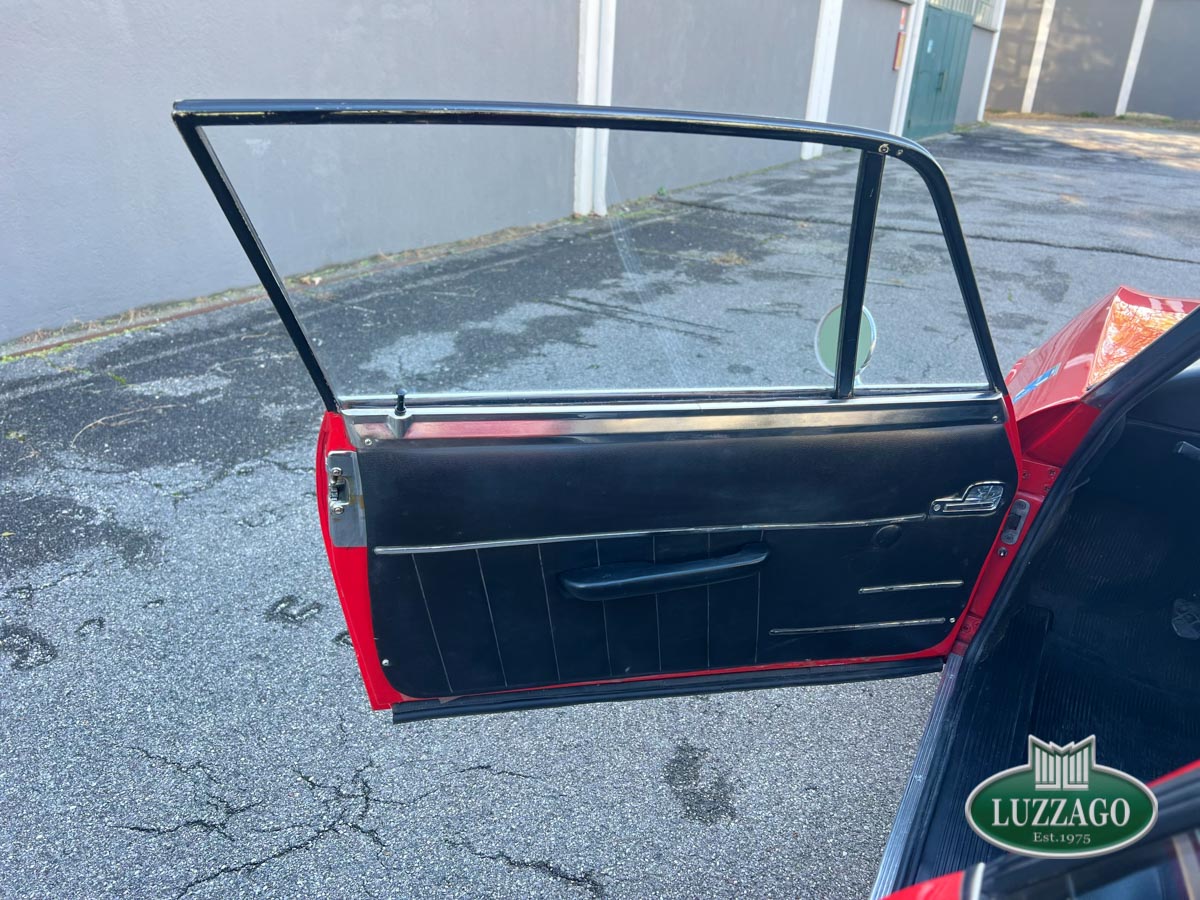

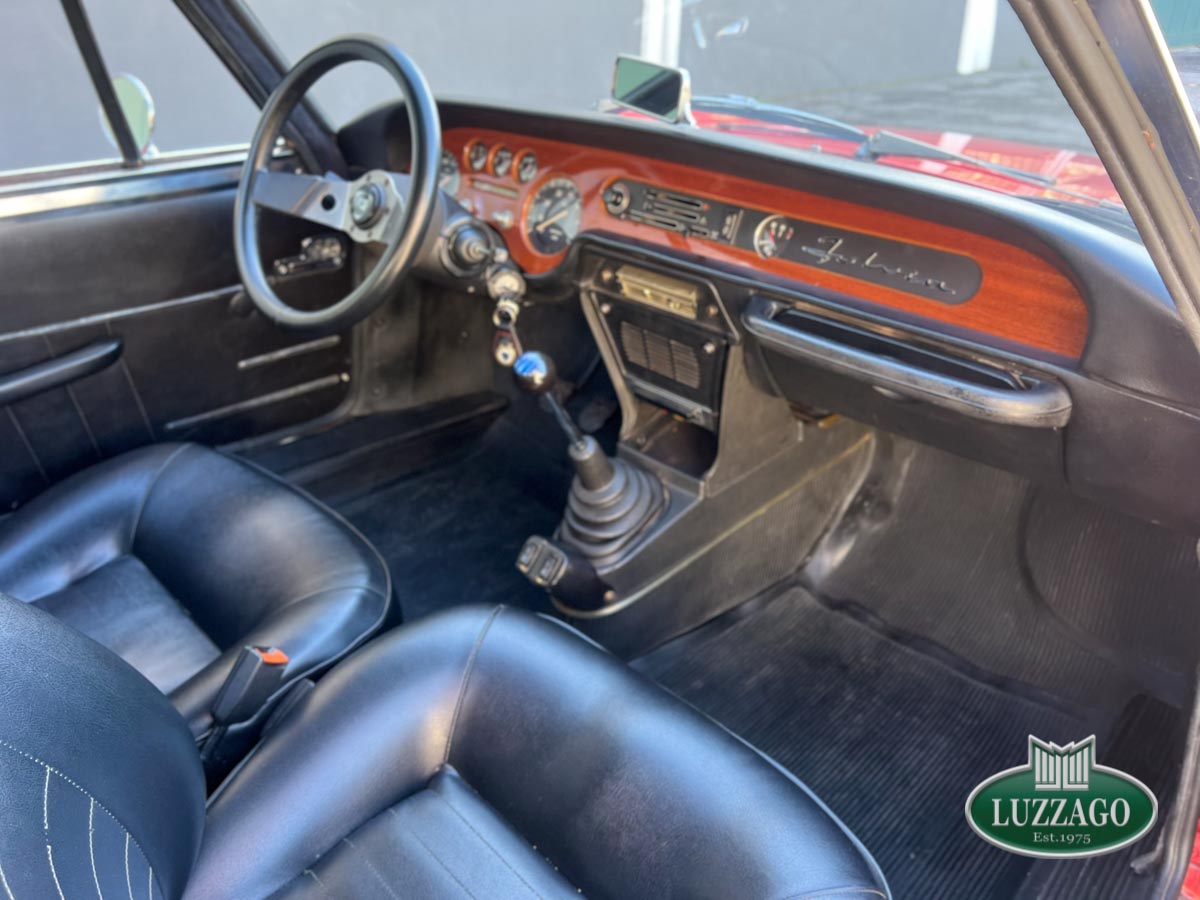
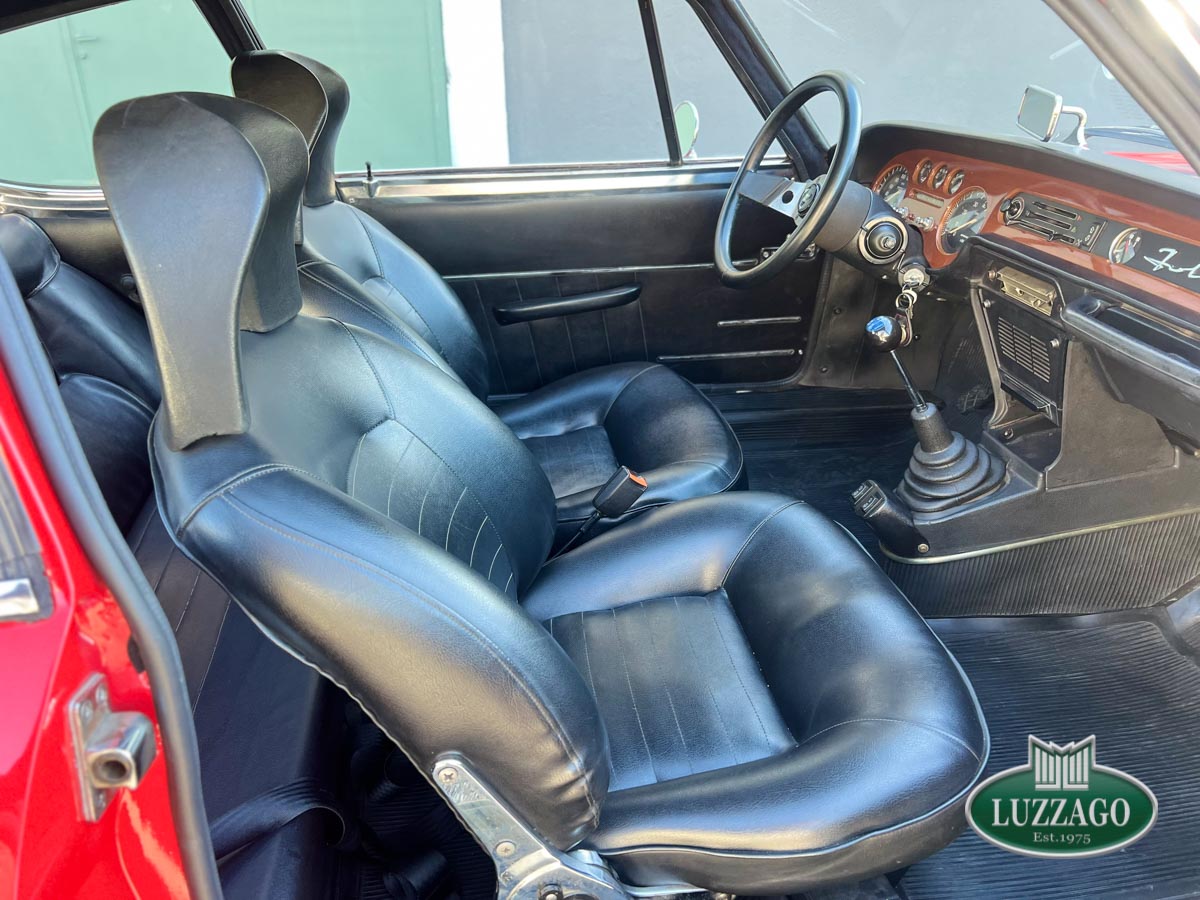
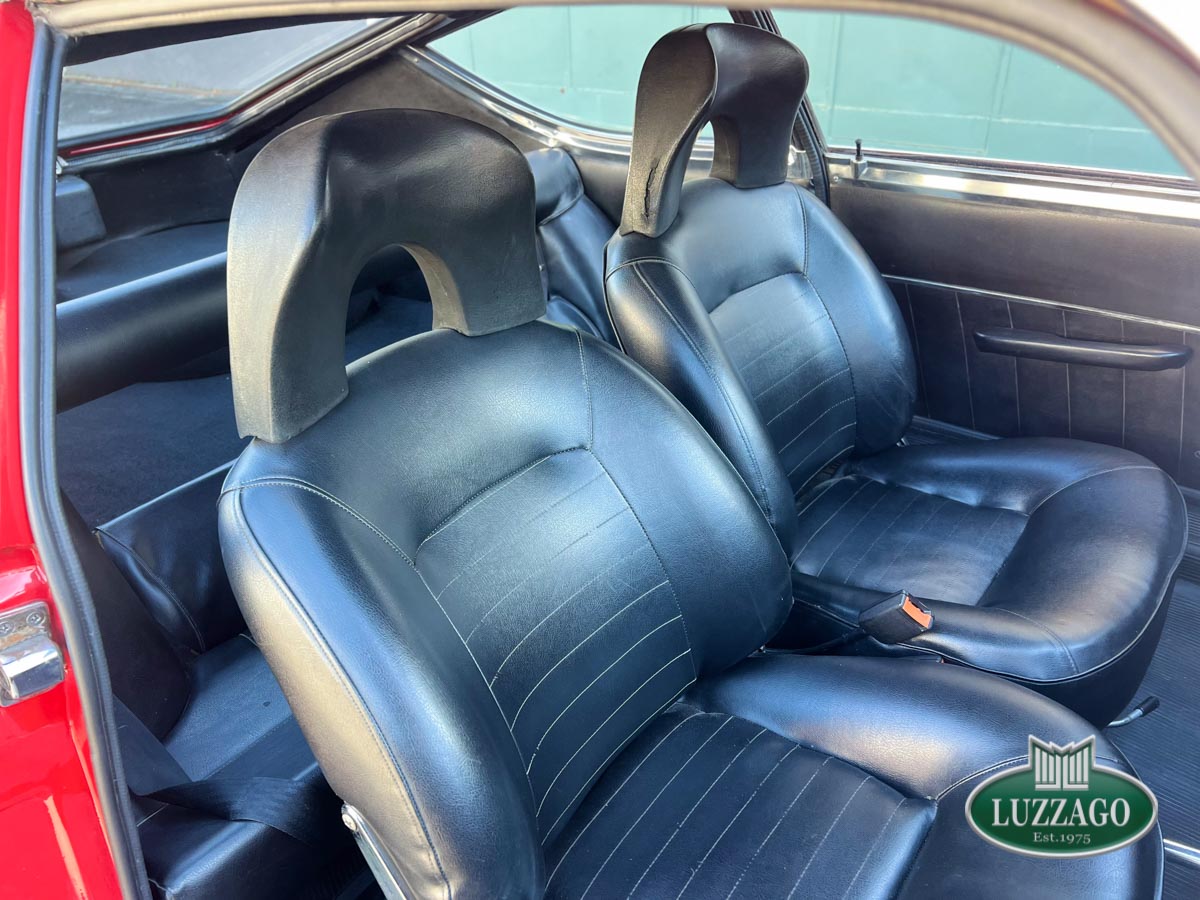
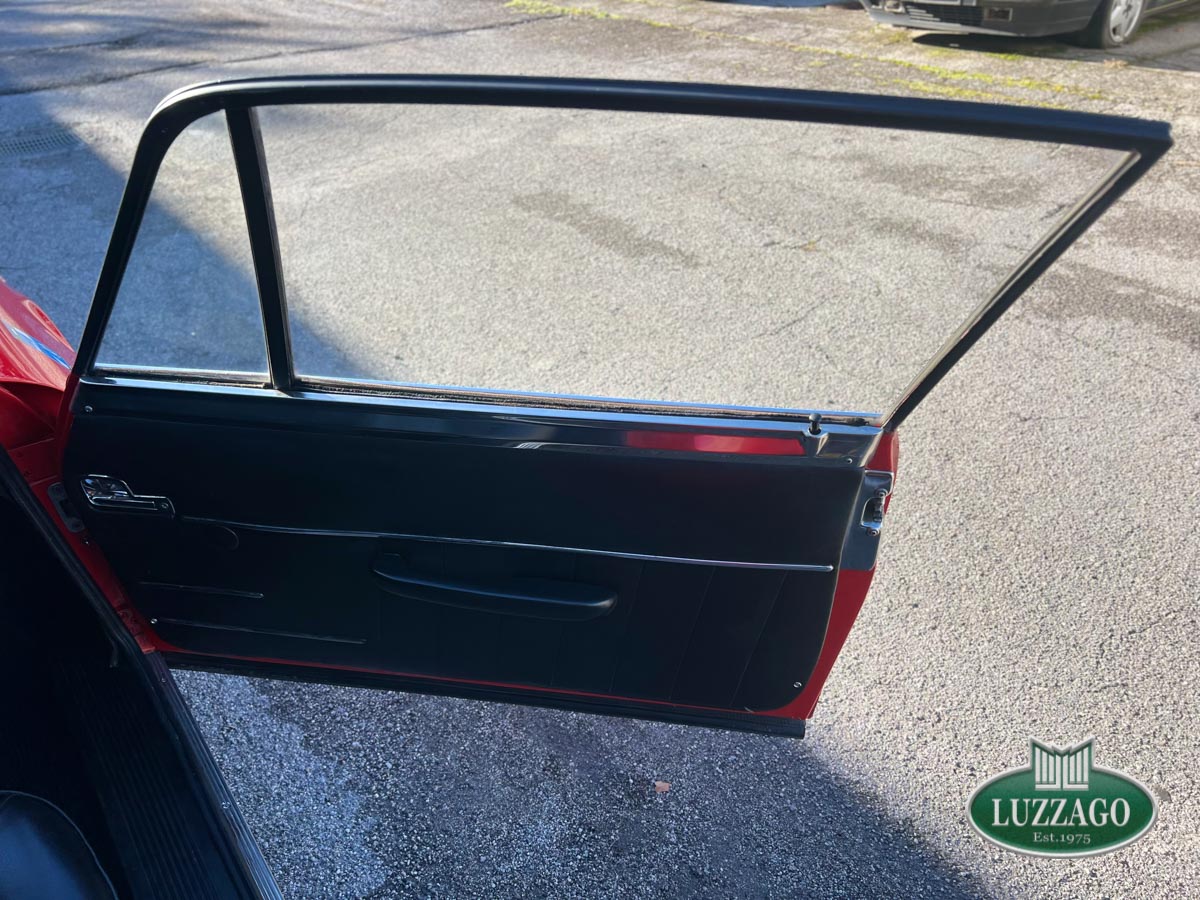
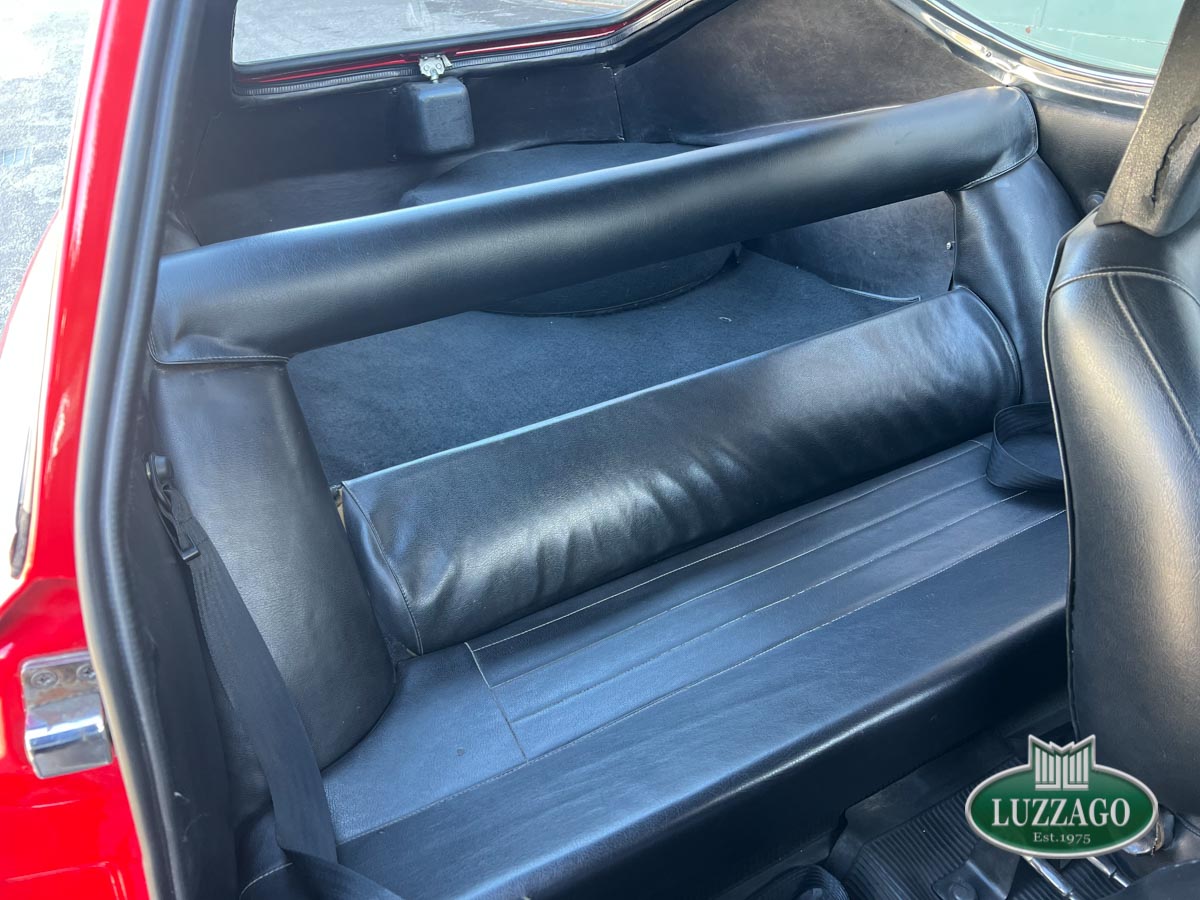
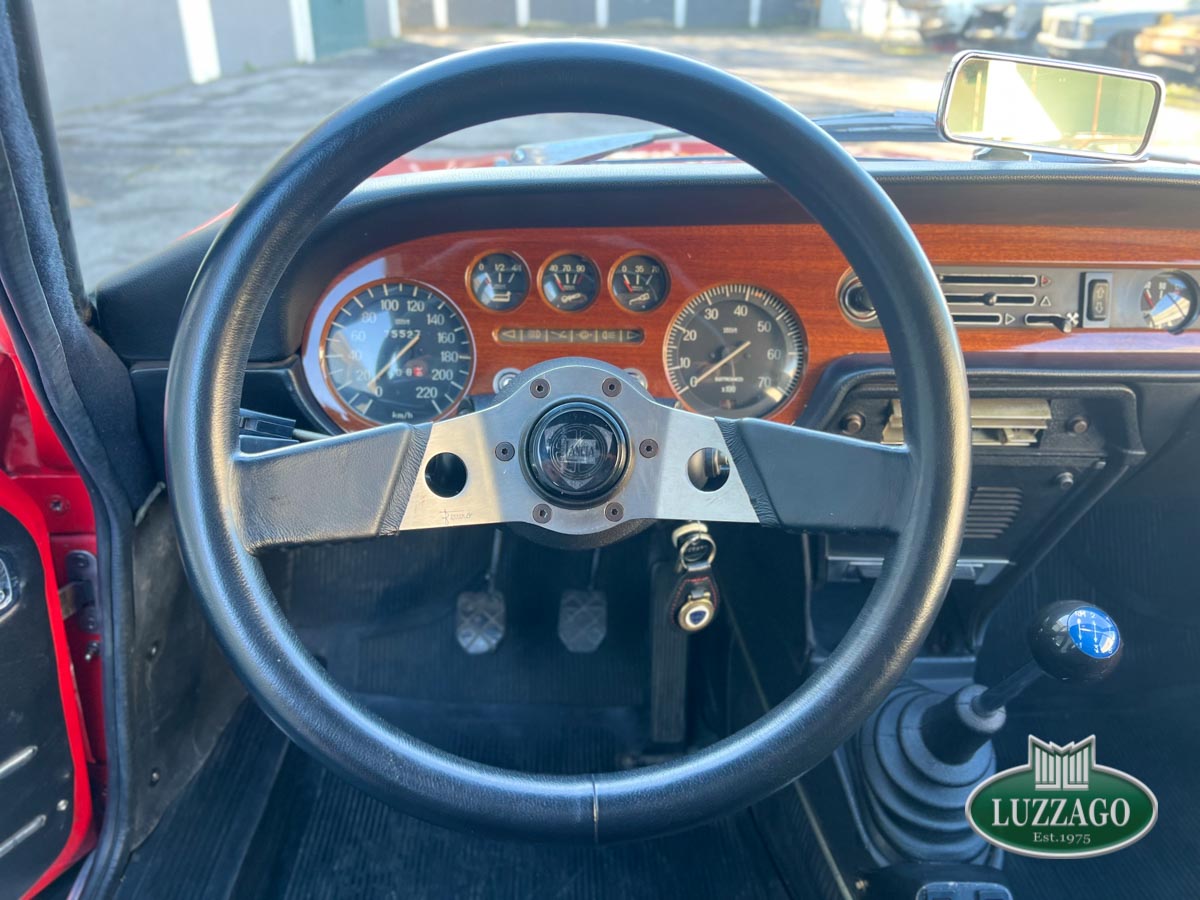
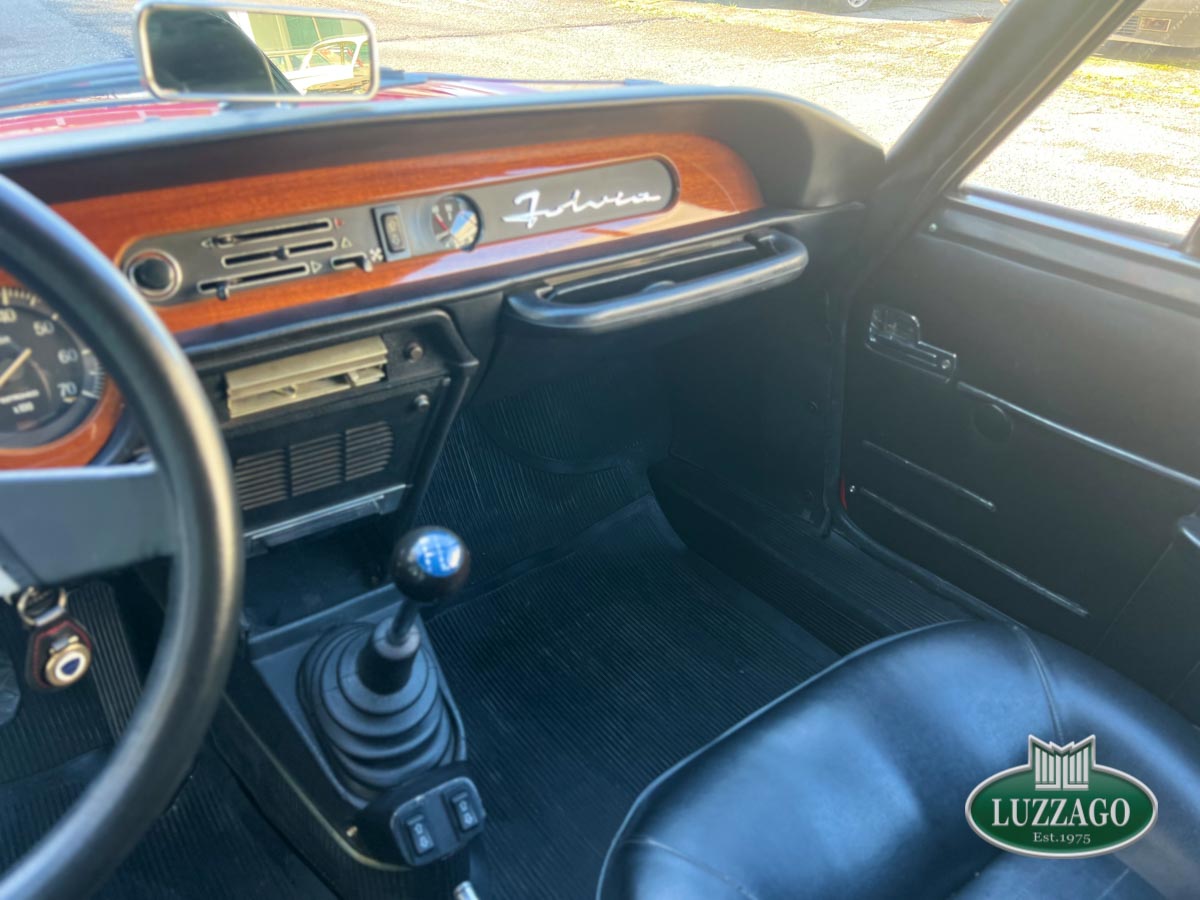
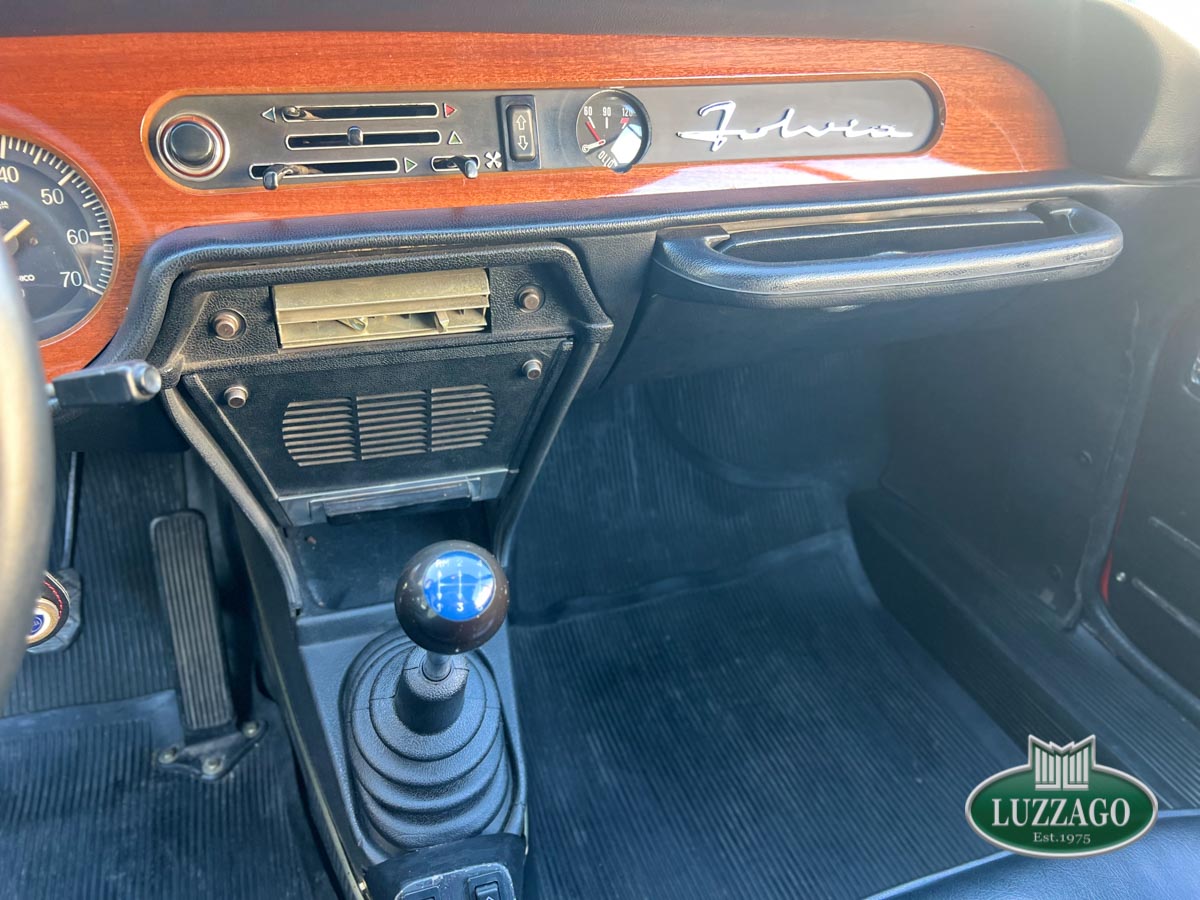
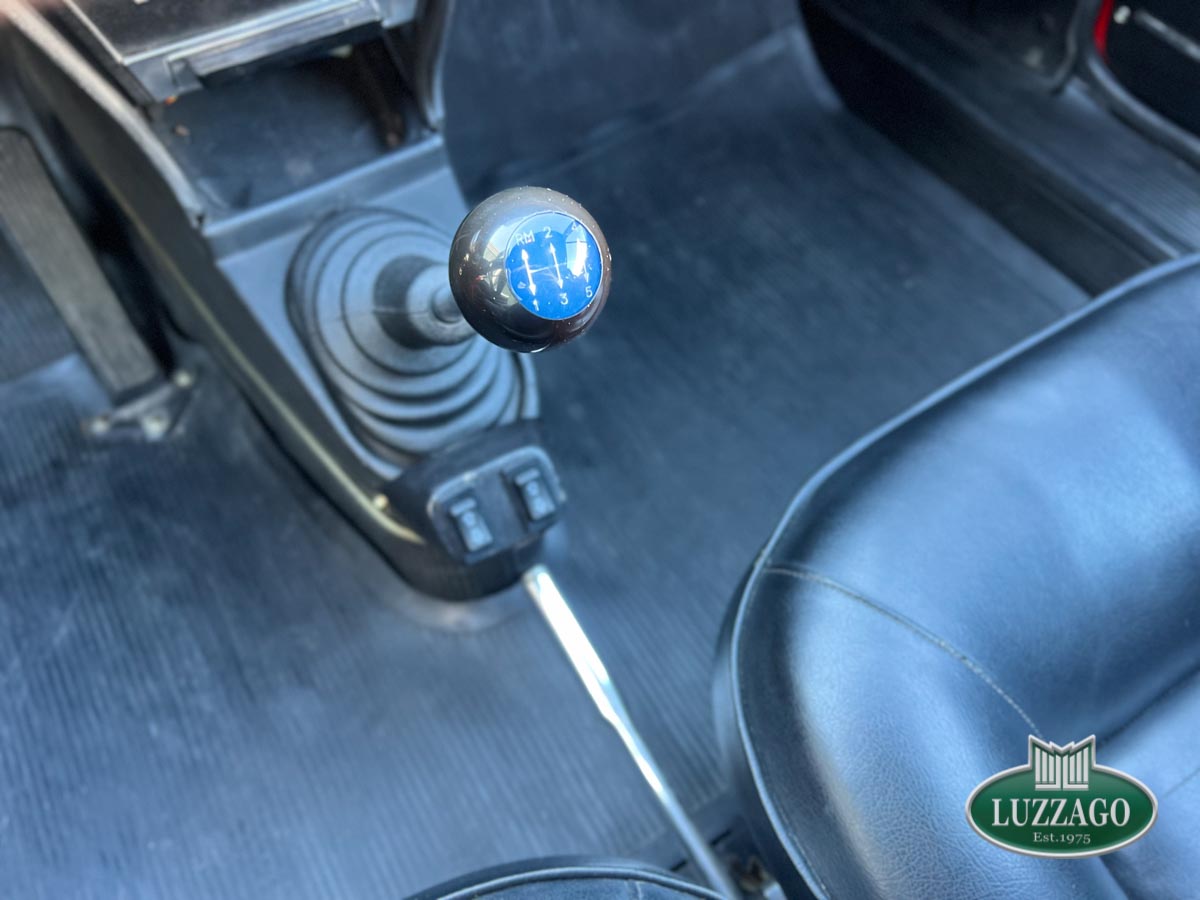
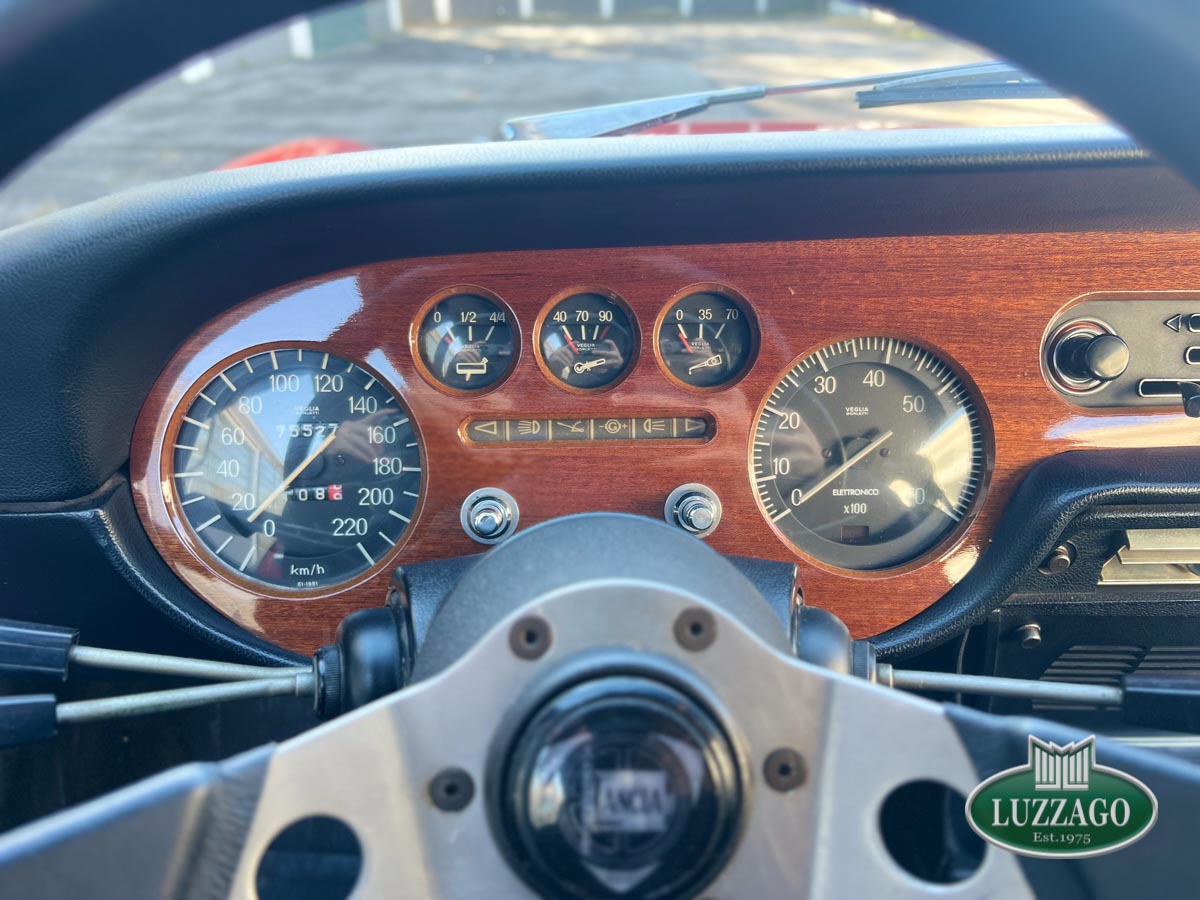
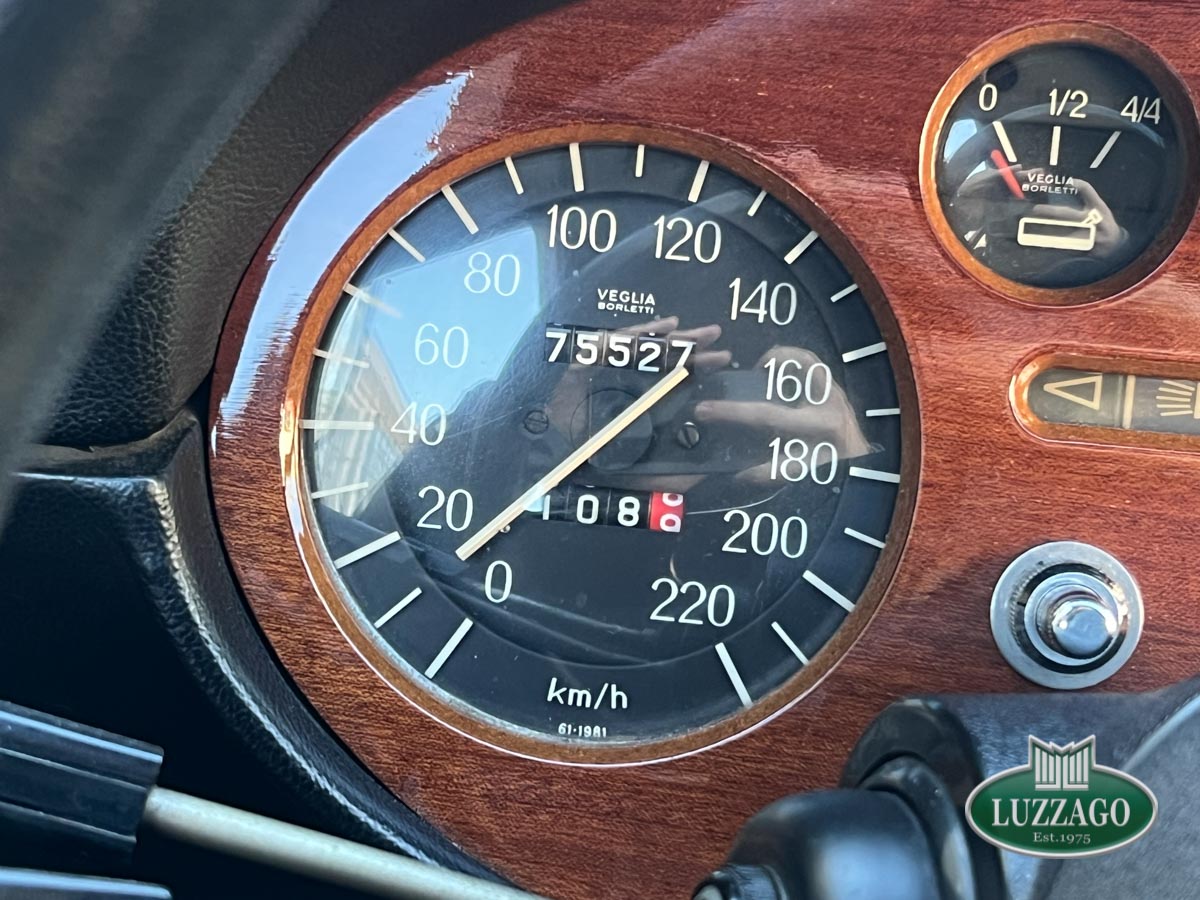
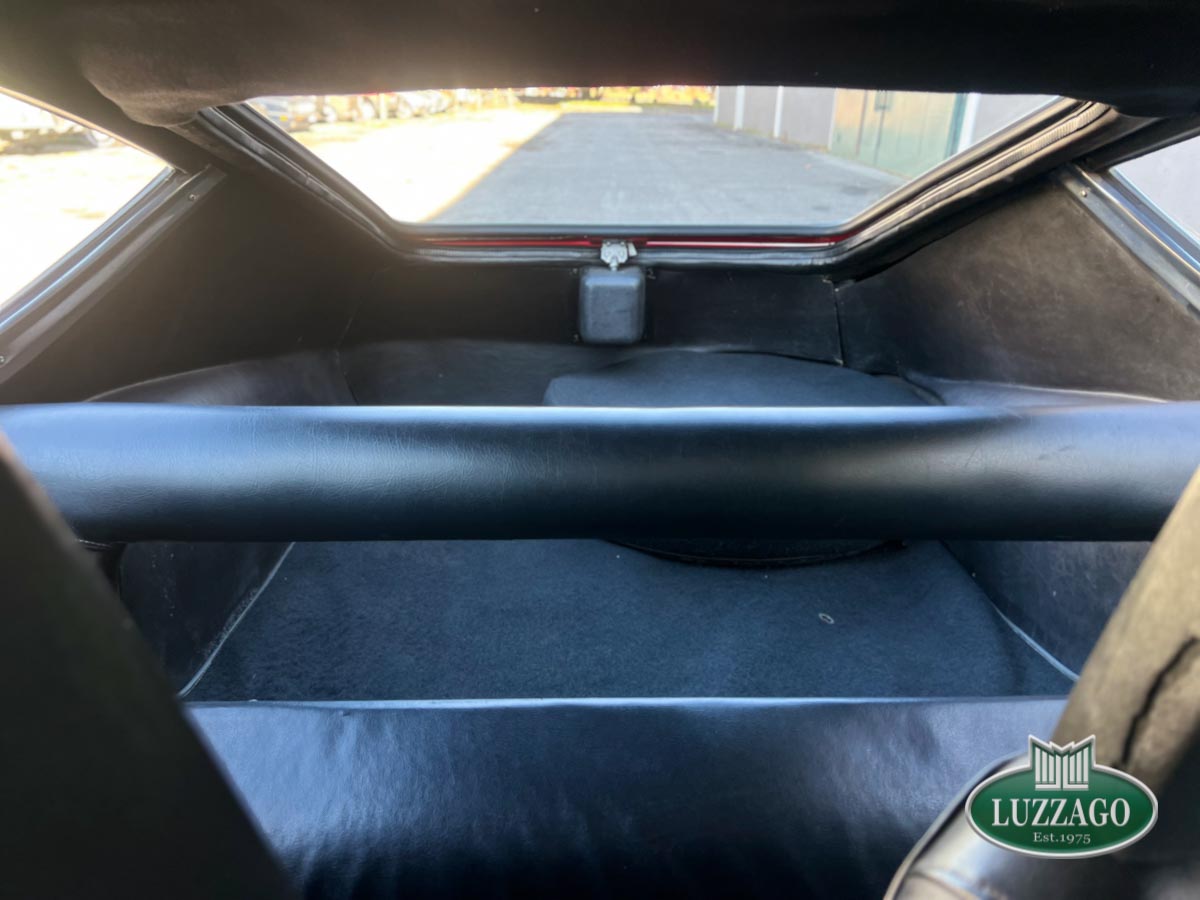
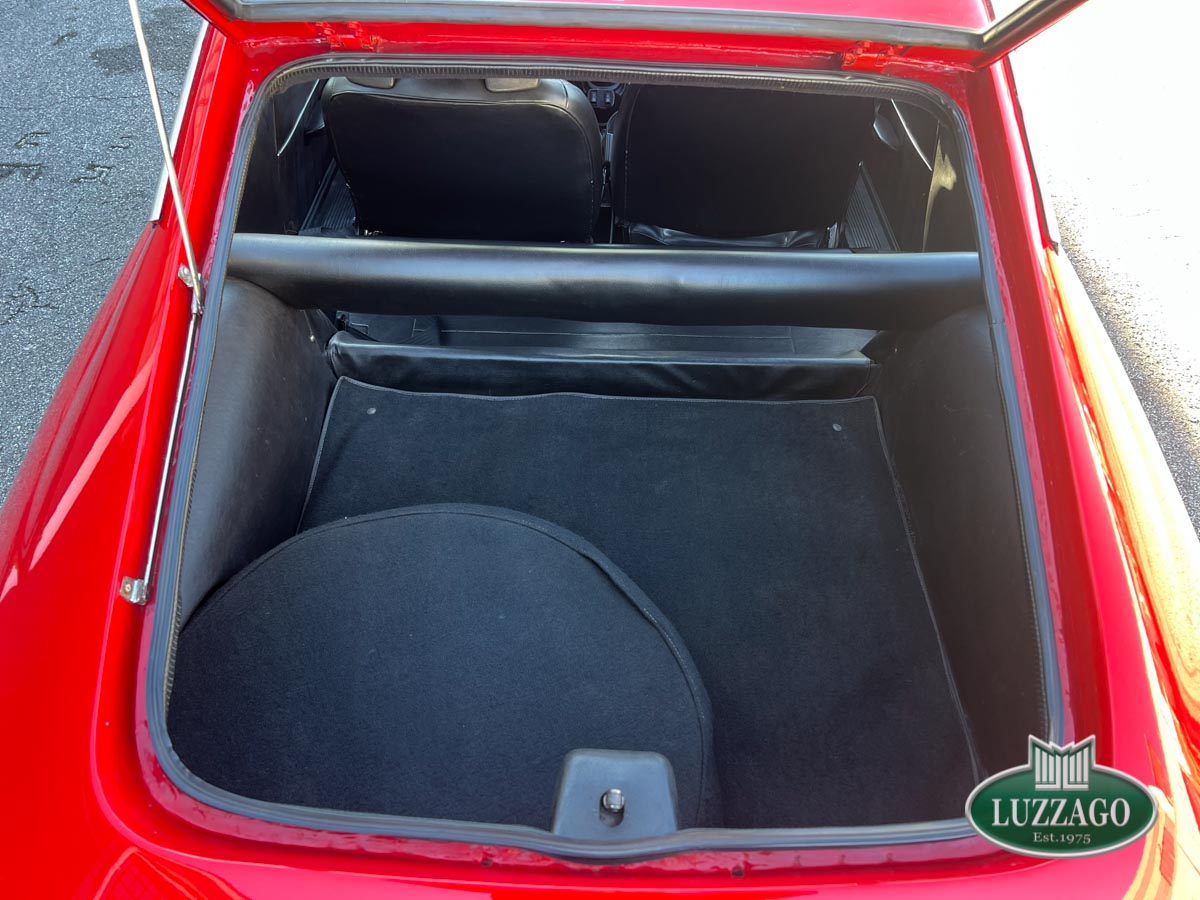
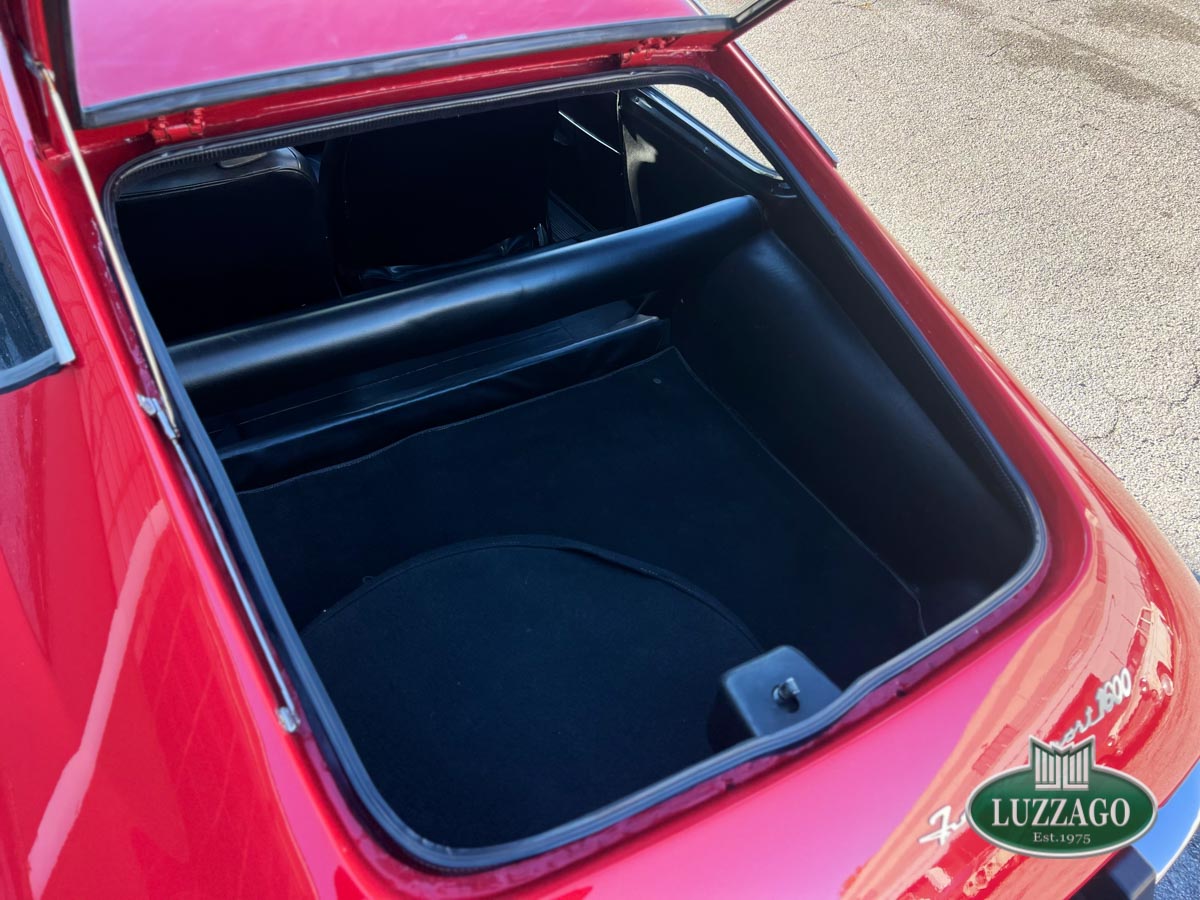
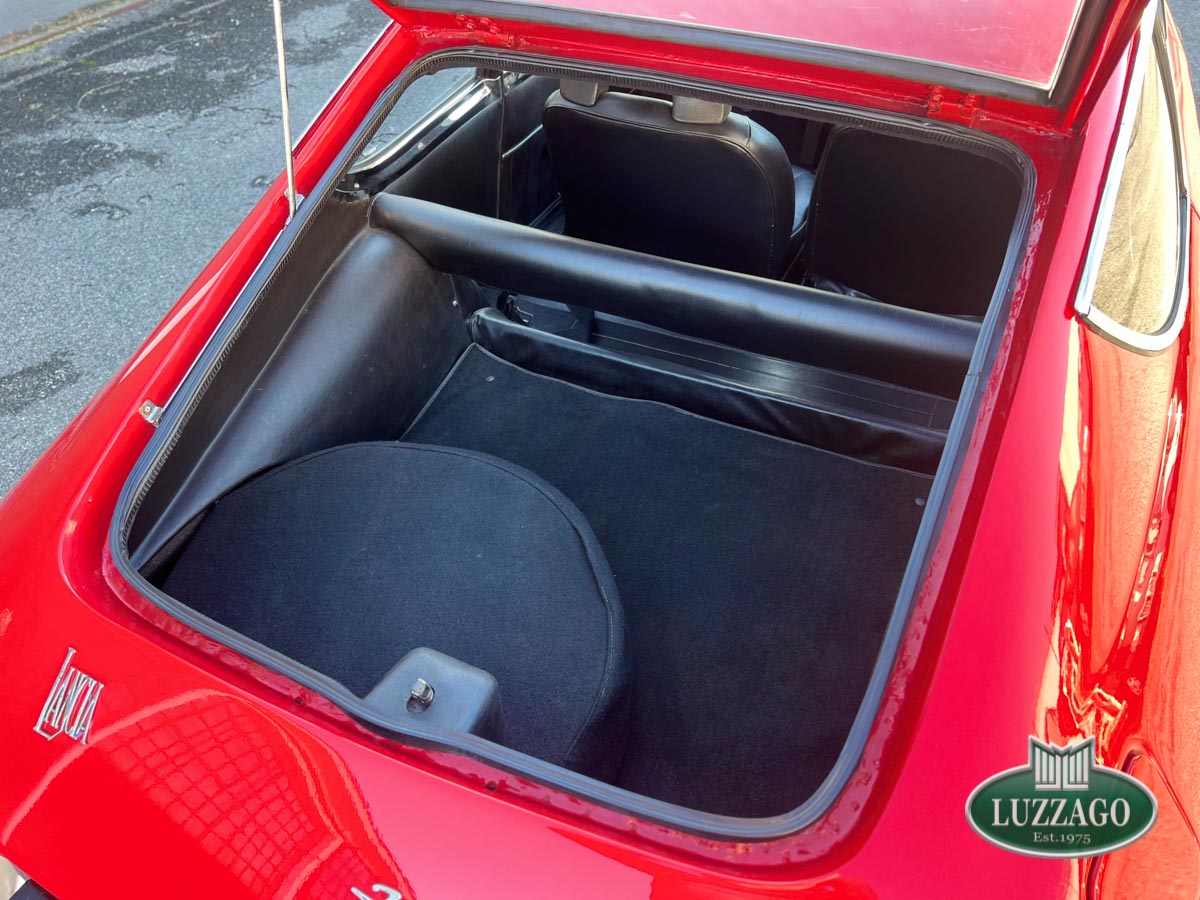
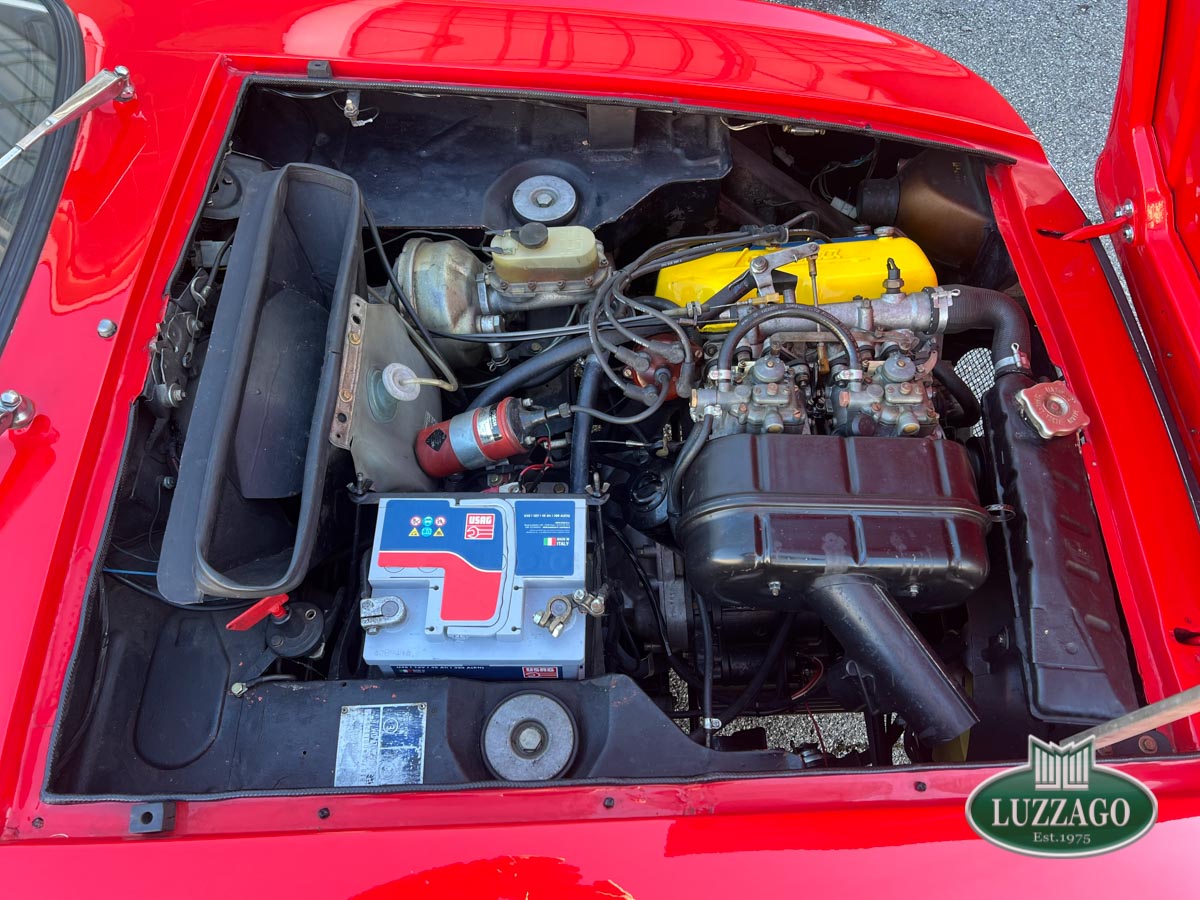
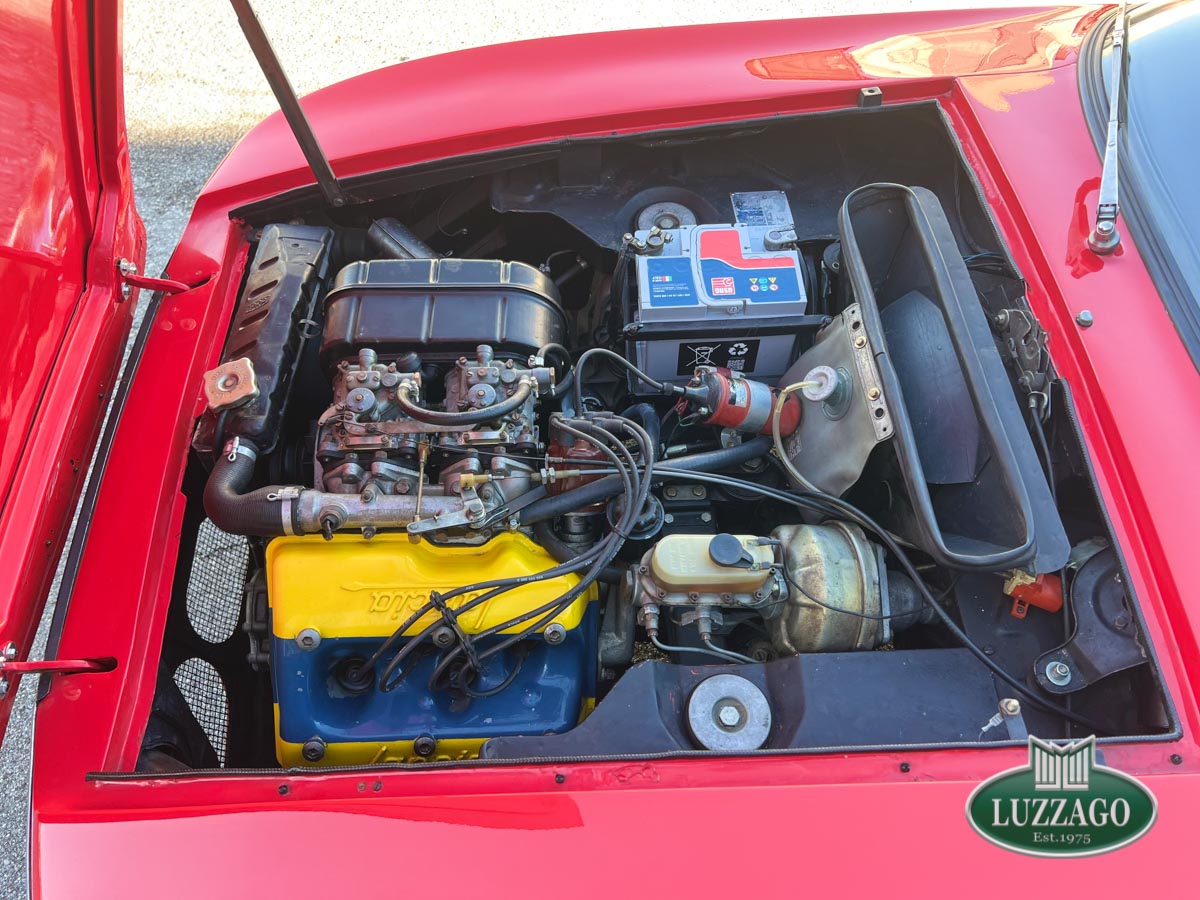
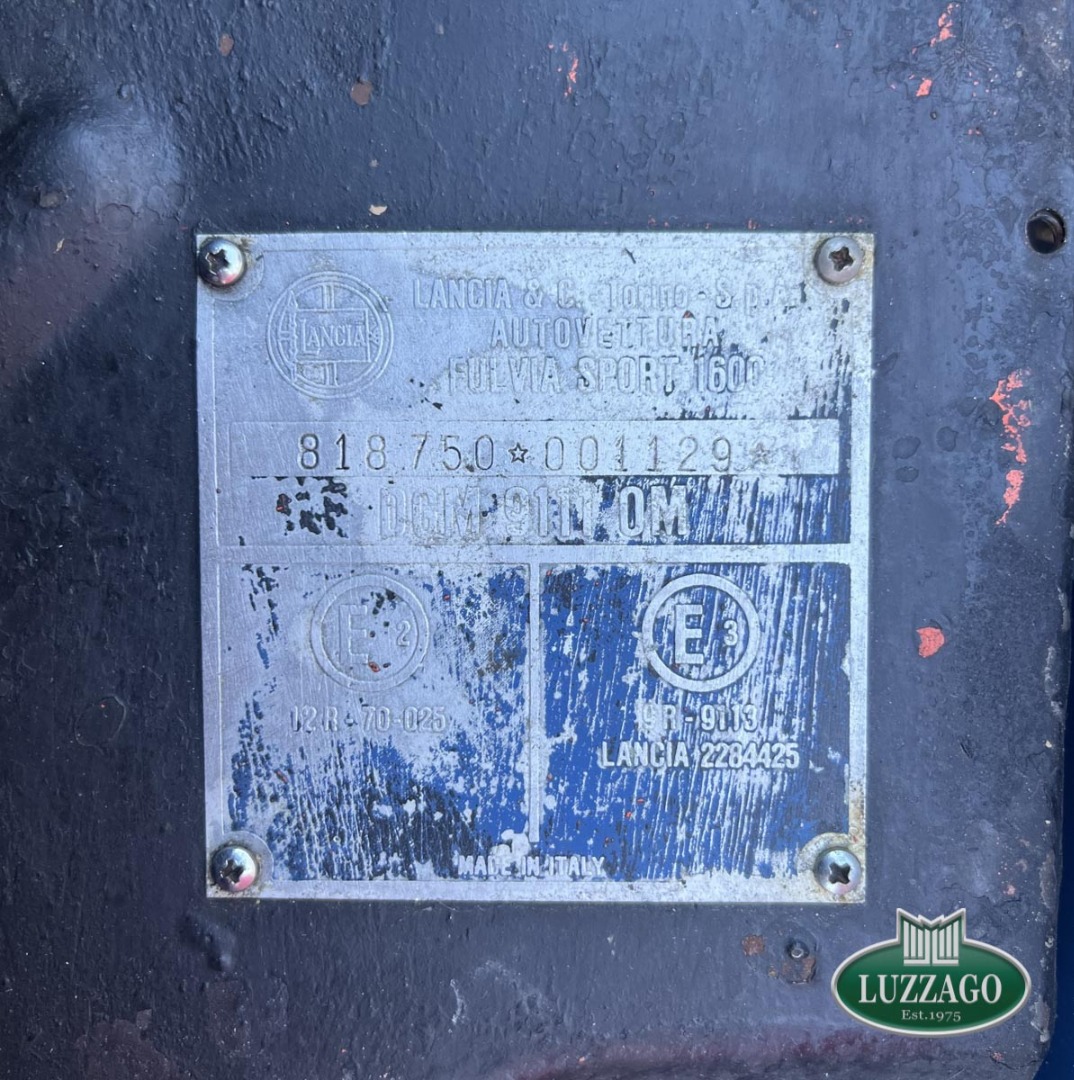
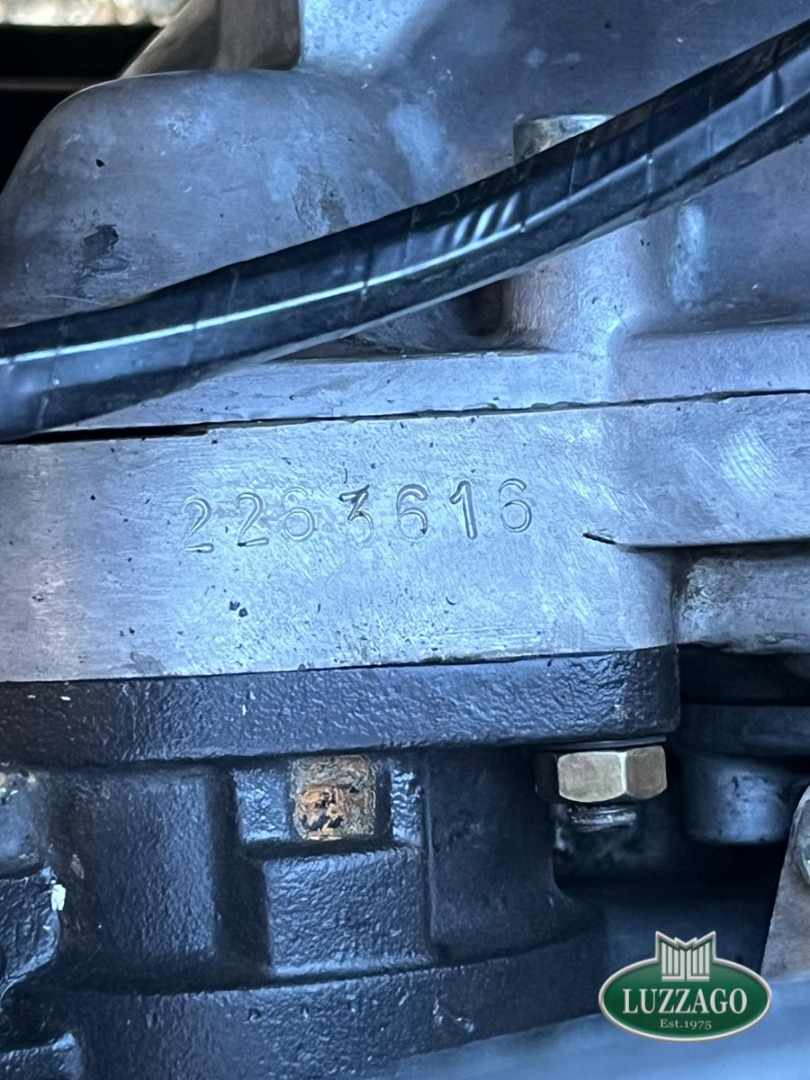
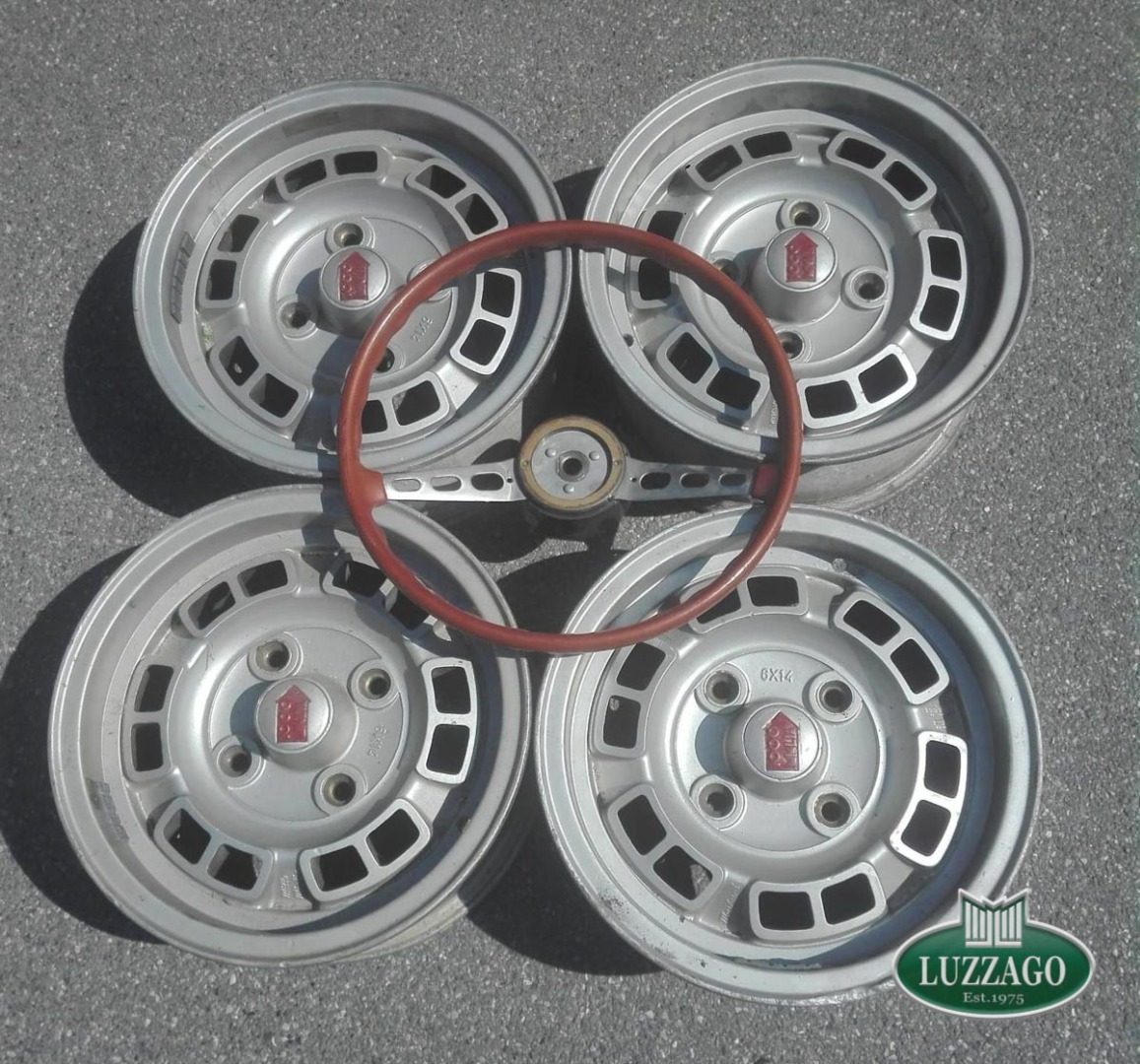
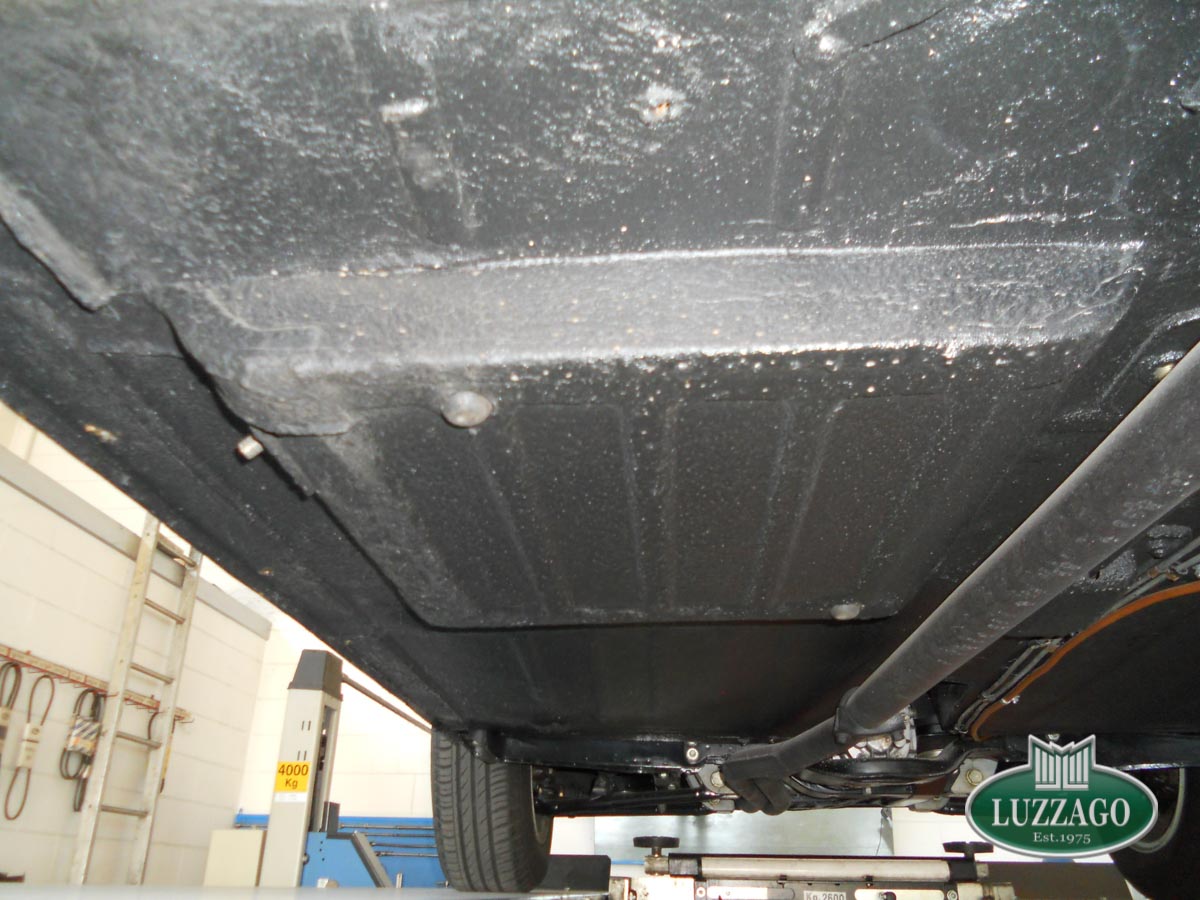
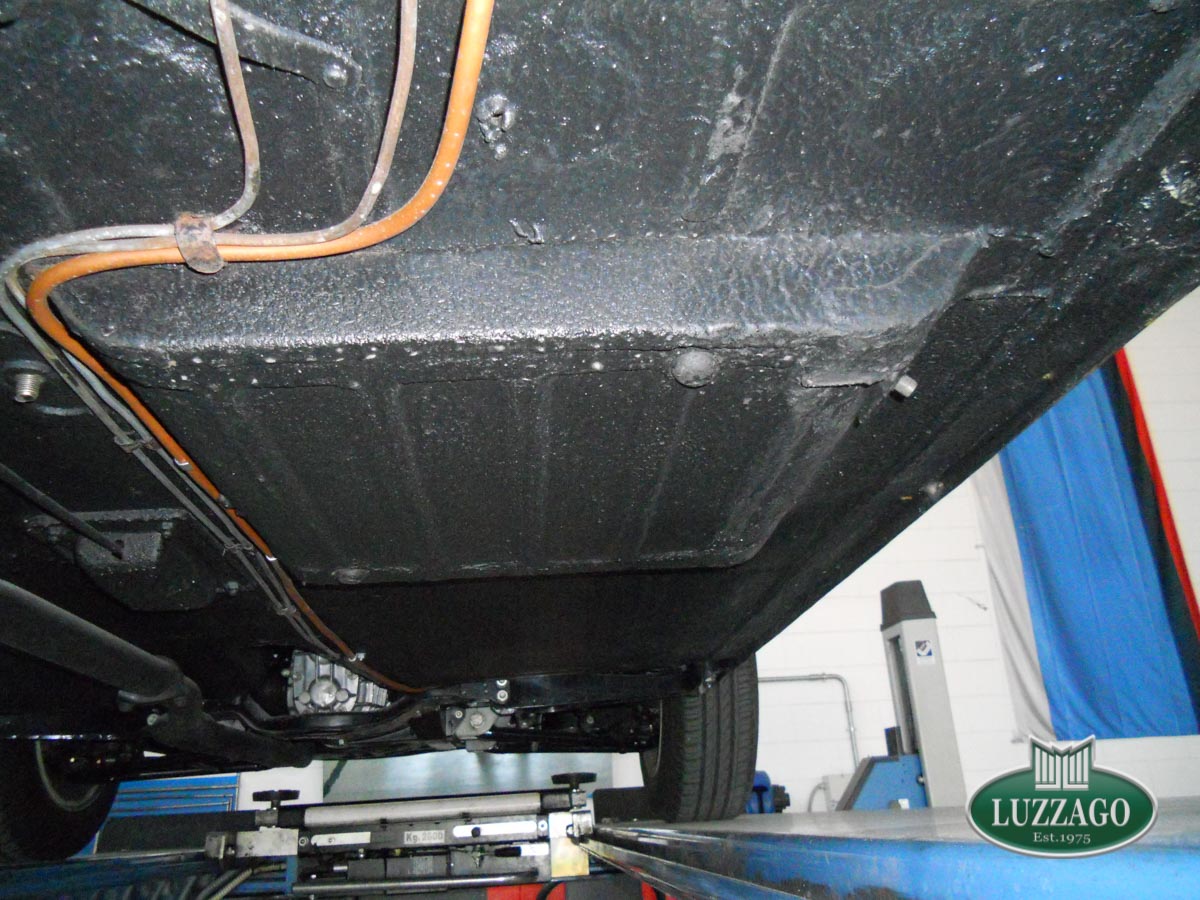
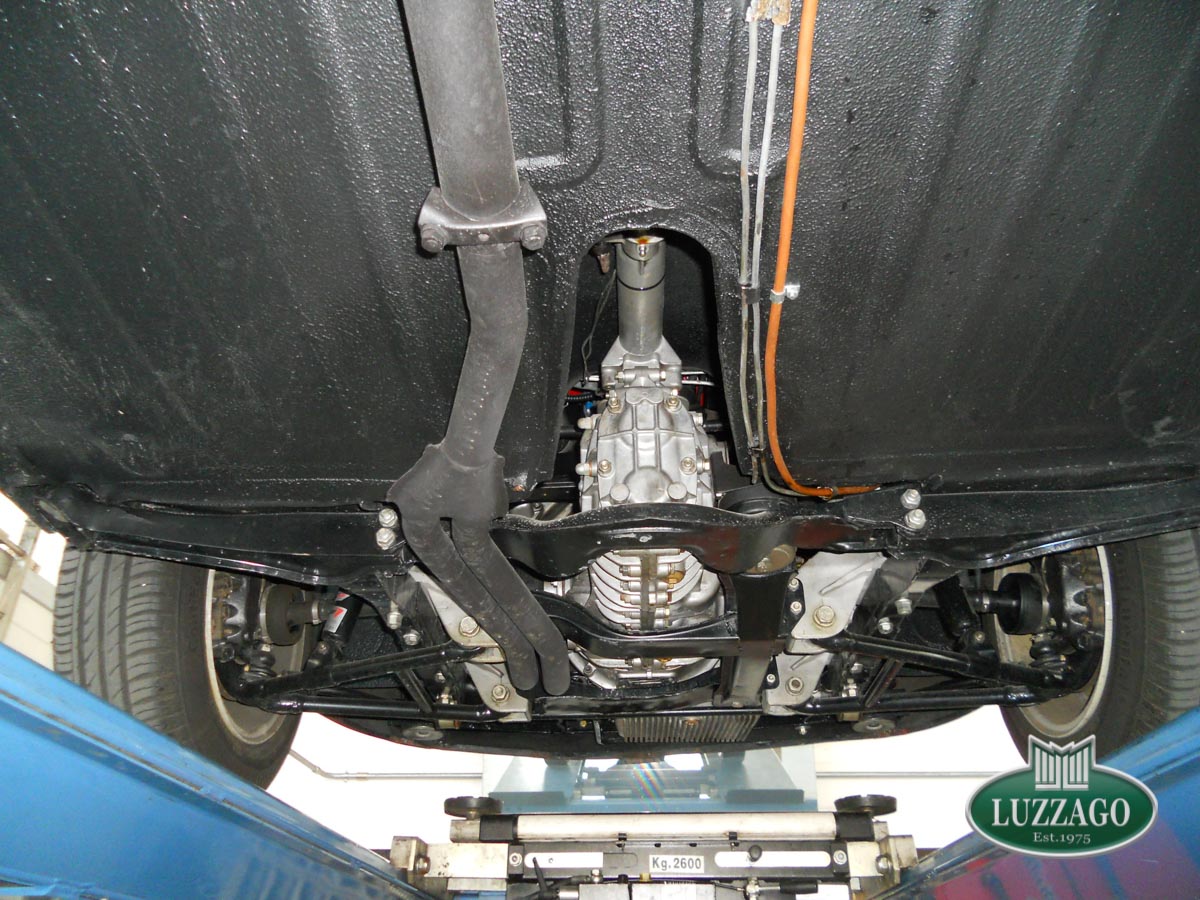
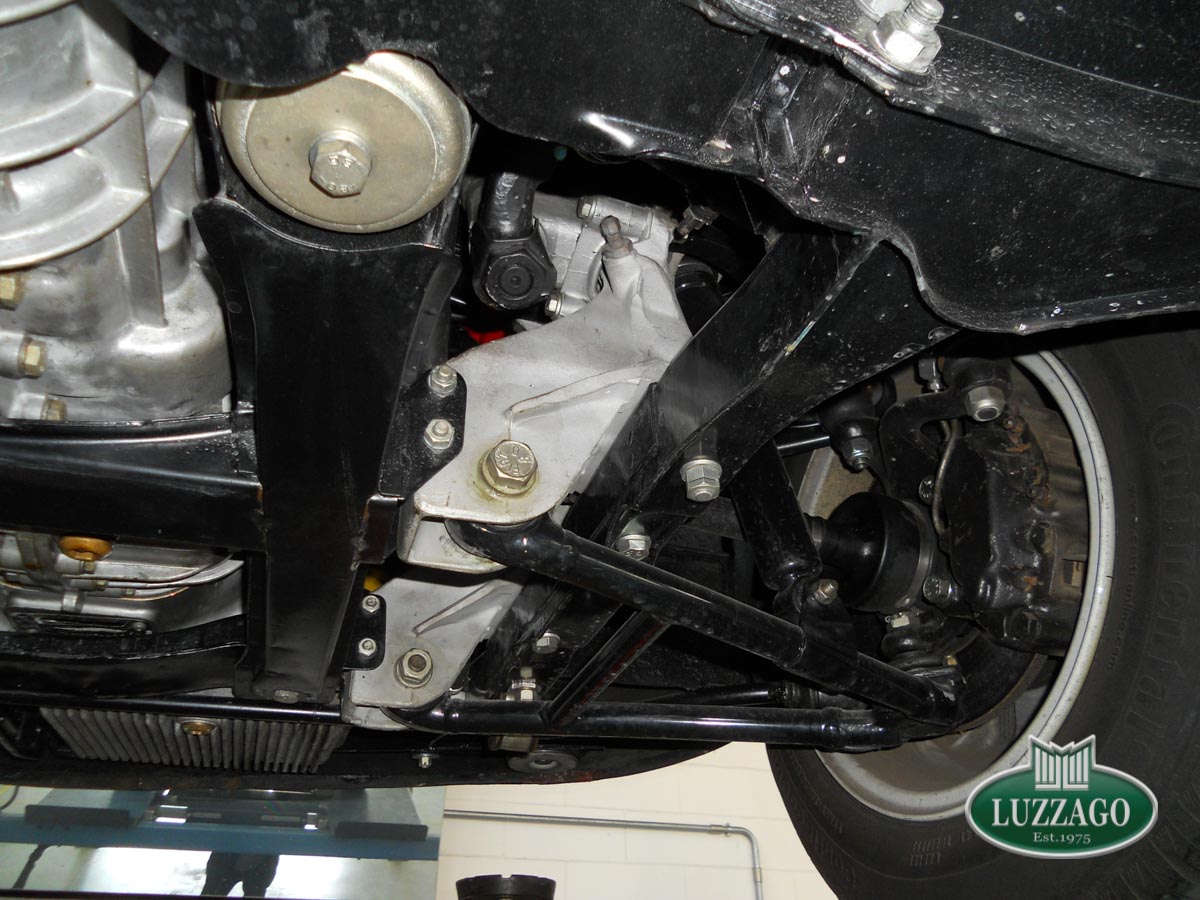
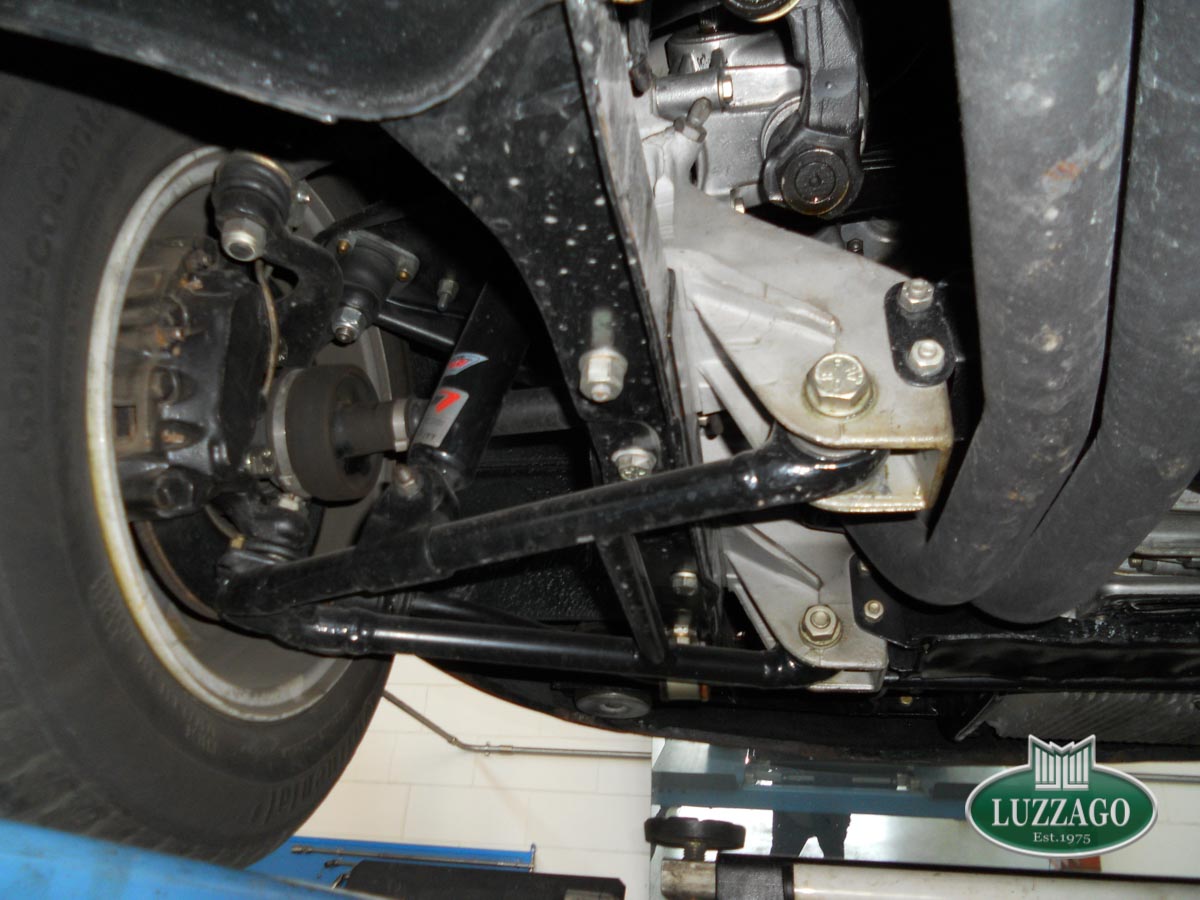
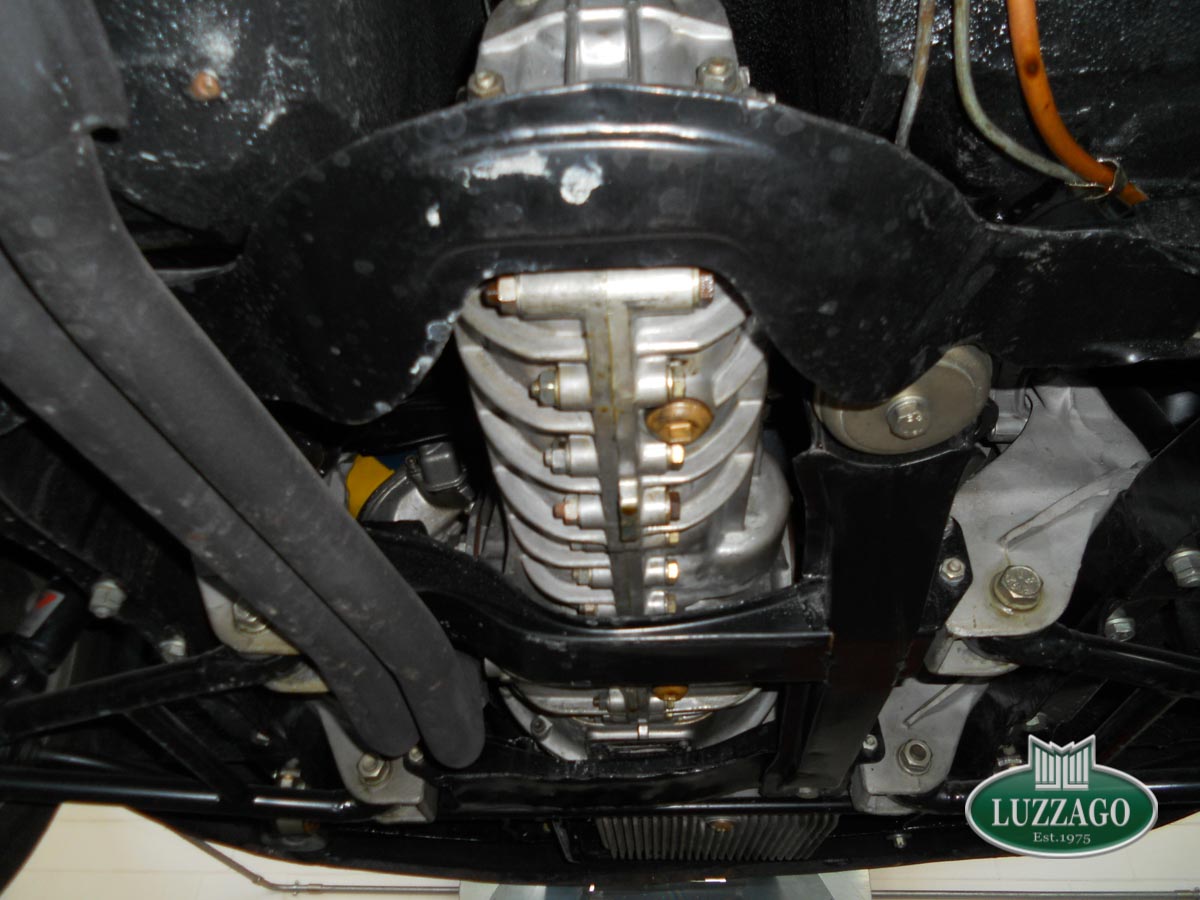
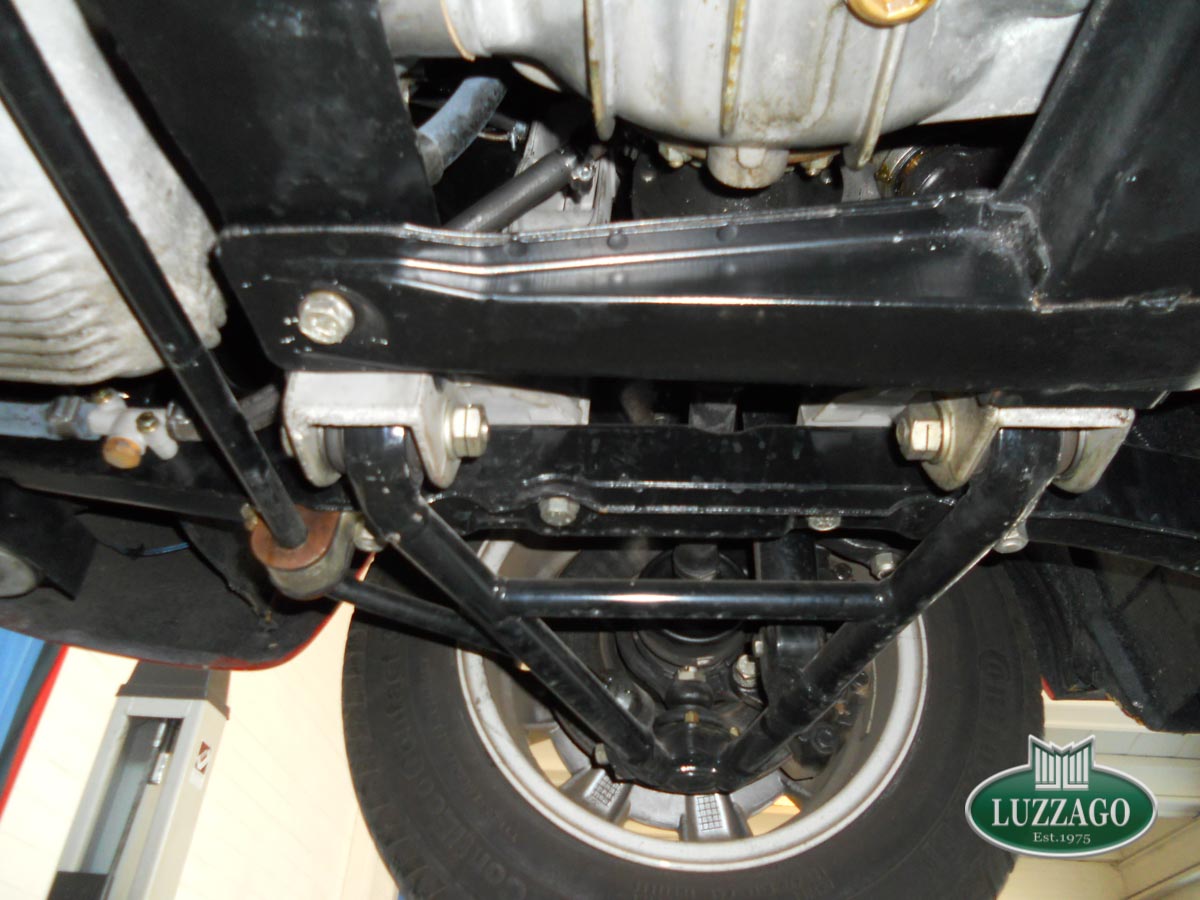
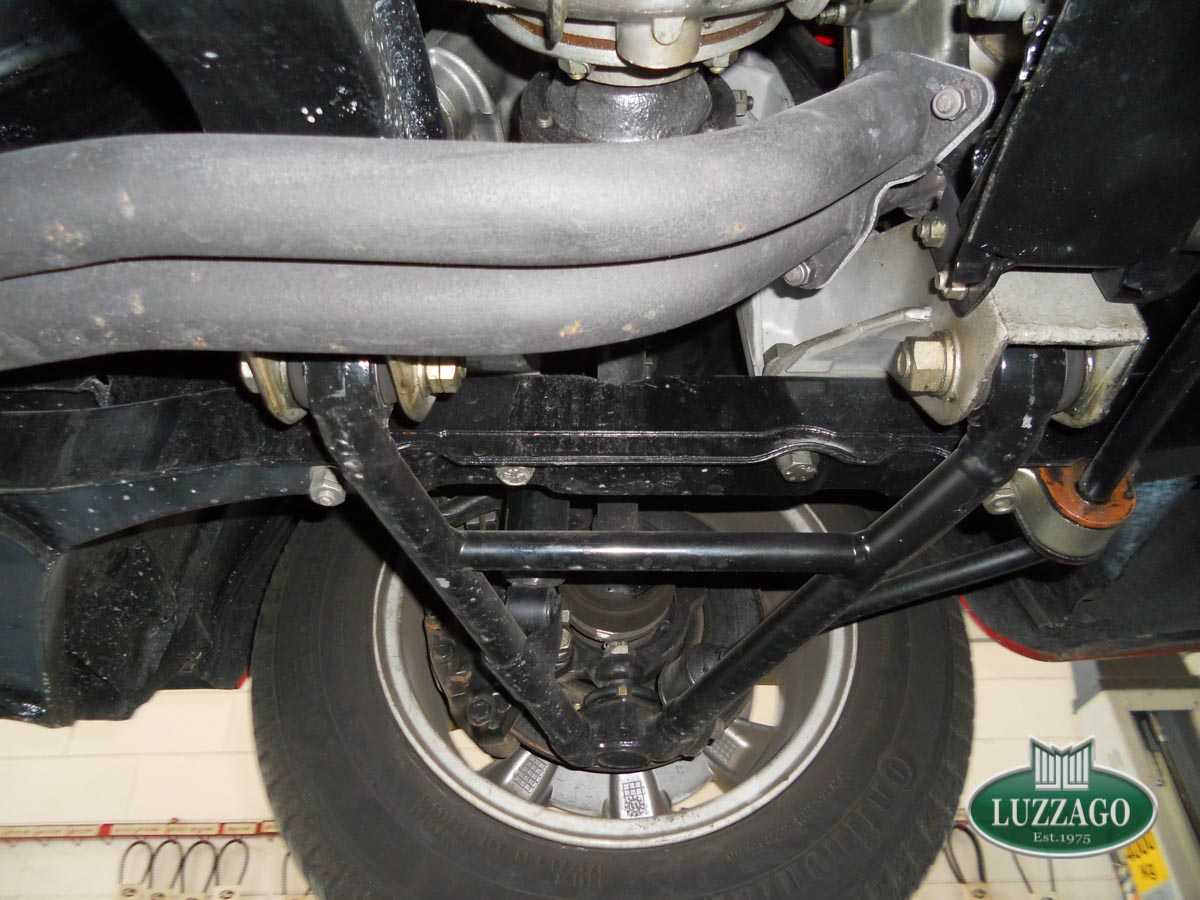
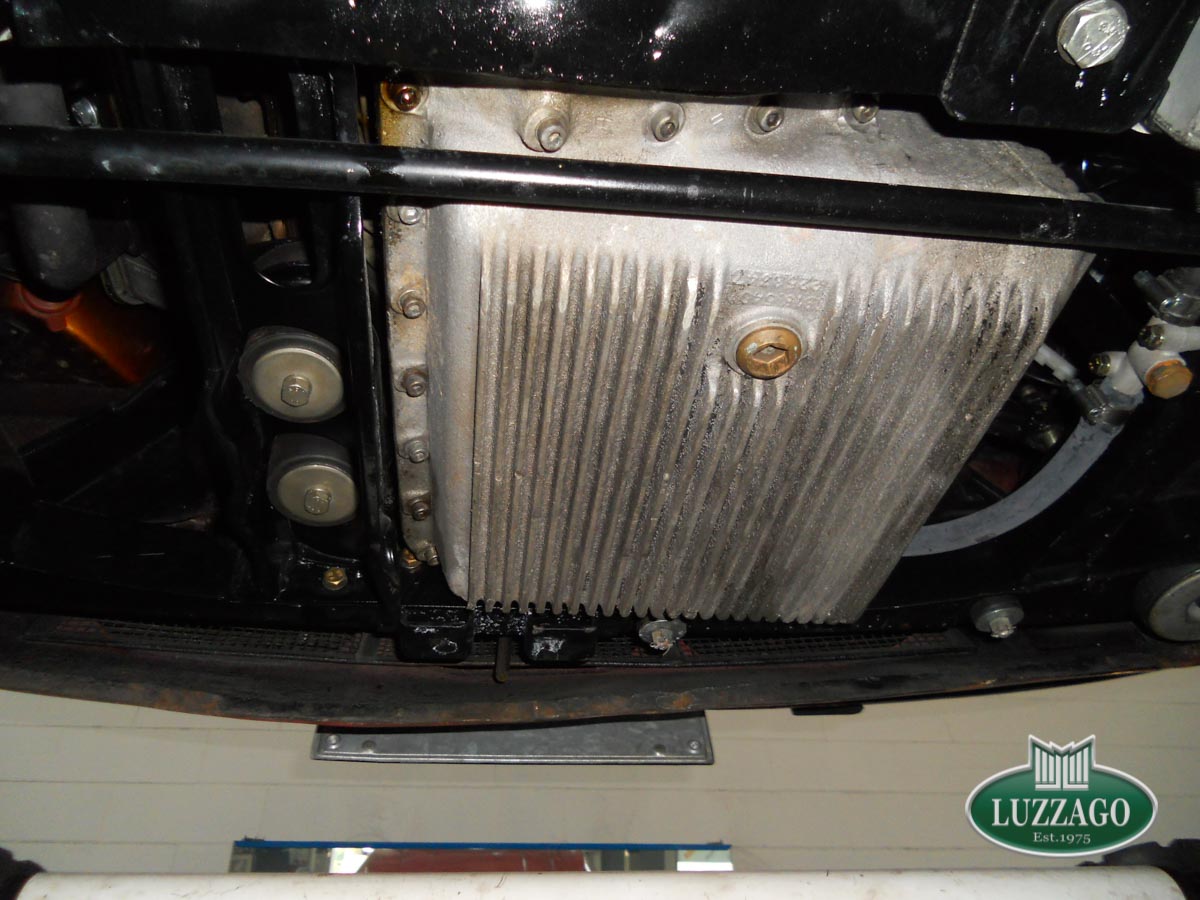
.jpg)
.jpg)
.jpg)
.jpg)
.jpg)
.jpg)
.jpg)
.jpg)
(1).jpg)
.jpg)
.jpg)
.jpg)
.jpg)
(1).jpg)
.jpg)
.jpg)
.jpg)
(2).jpg)
(1).jpg)


 CA Auto Bank offer subject to approval. Pre-contractual documentation at the Dealership and on the CA Auto Bank website (Transparency section). Advertising message for promotional purposes.
CA Auto Bank offer subject to approval. Pre-contractual documentation at the Dealership and on the CA Auto Bank website (Transparency section). Advertising message for promotional purposes.